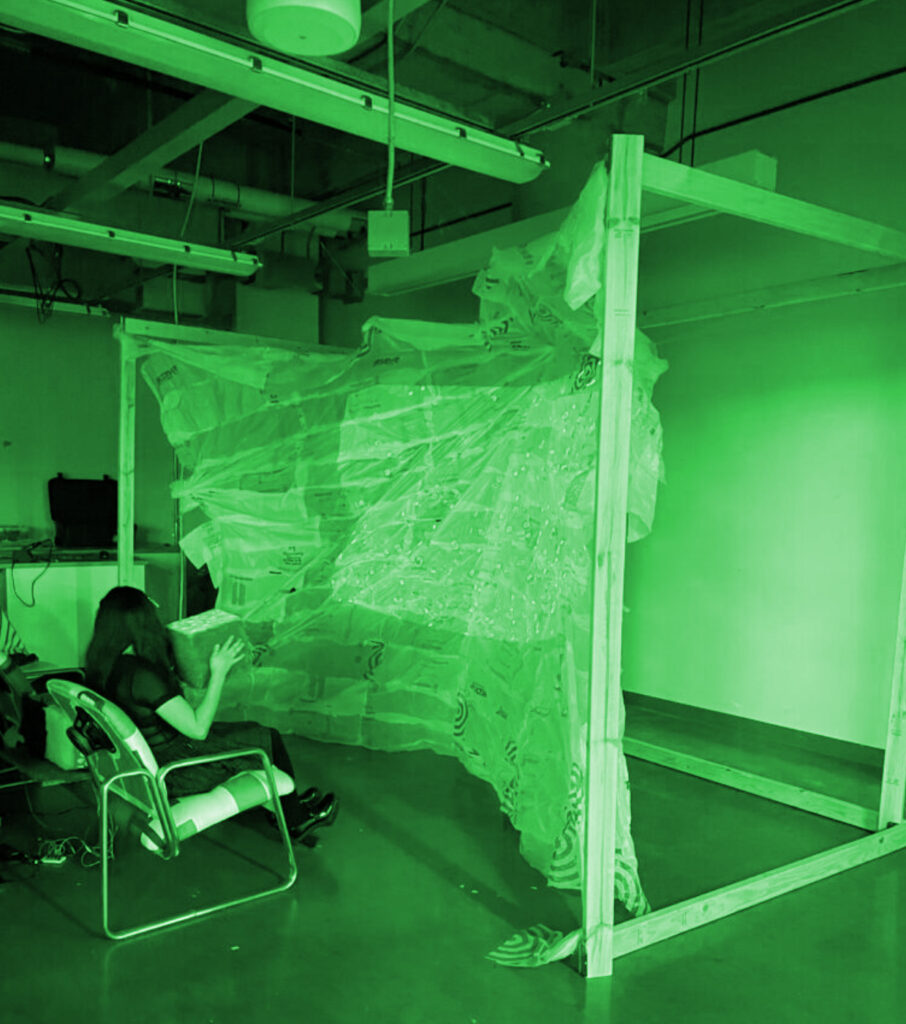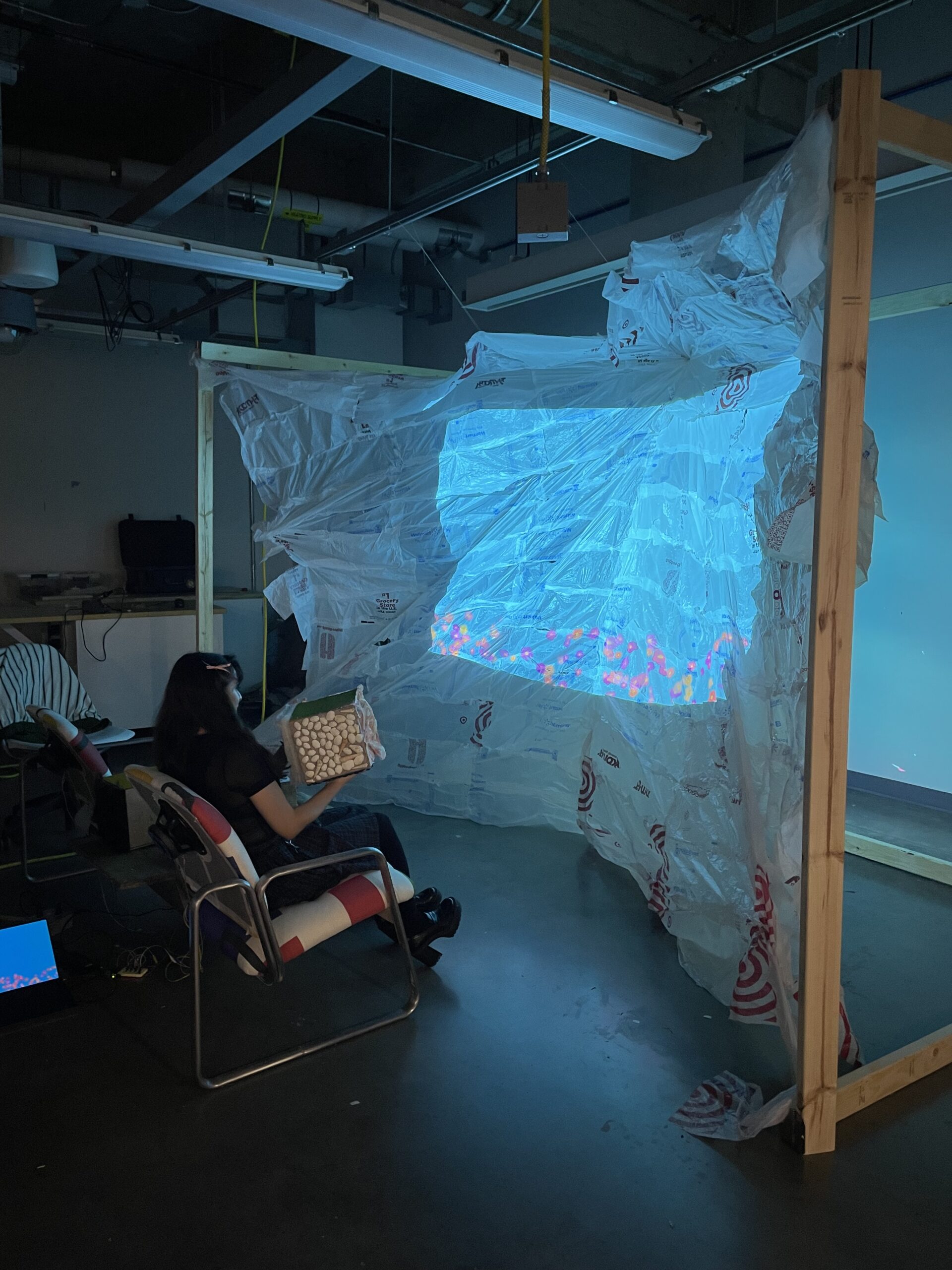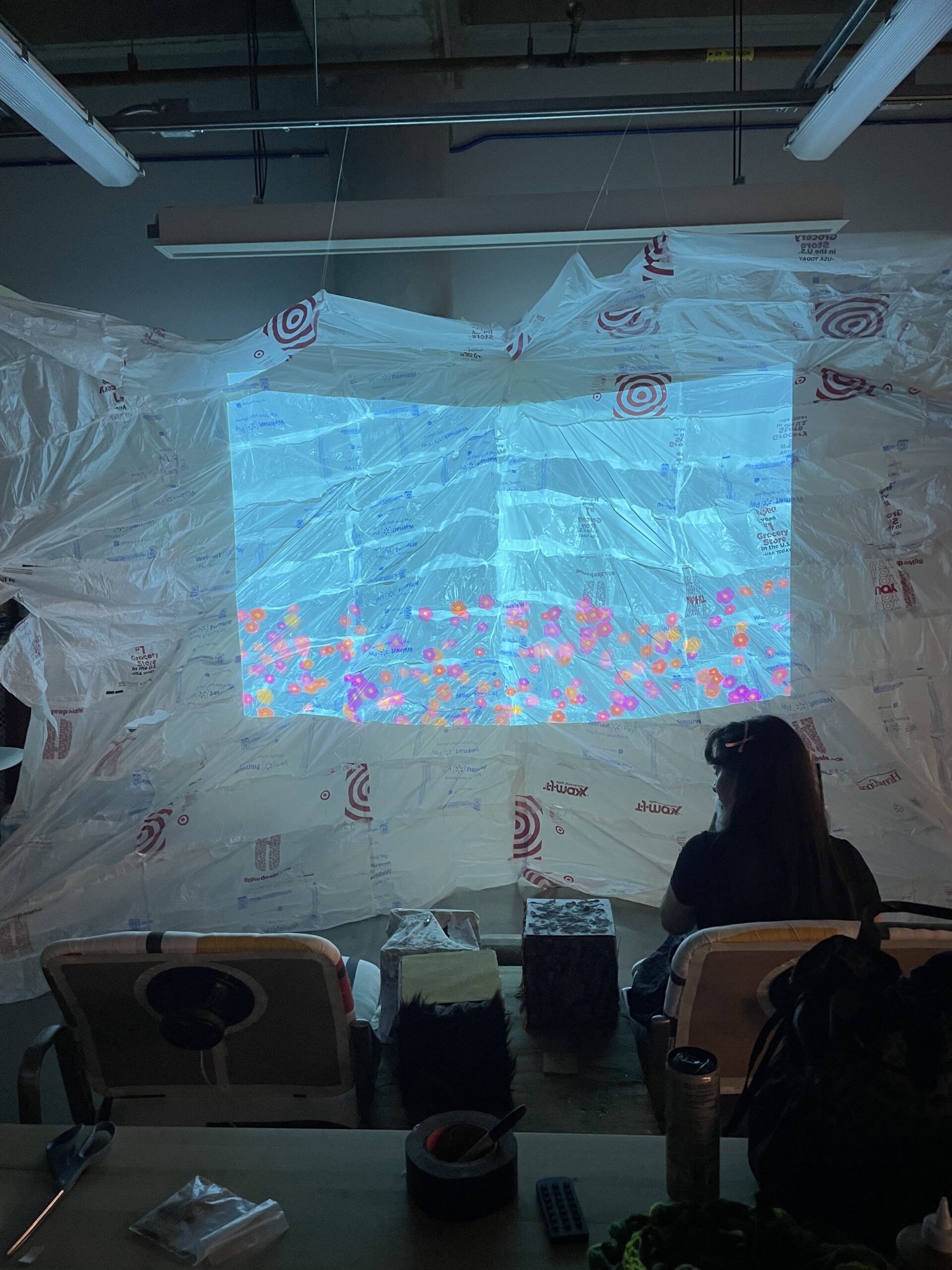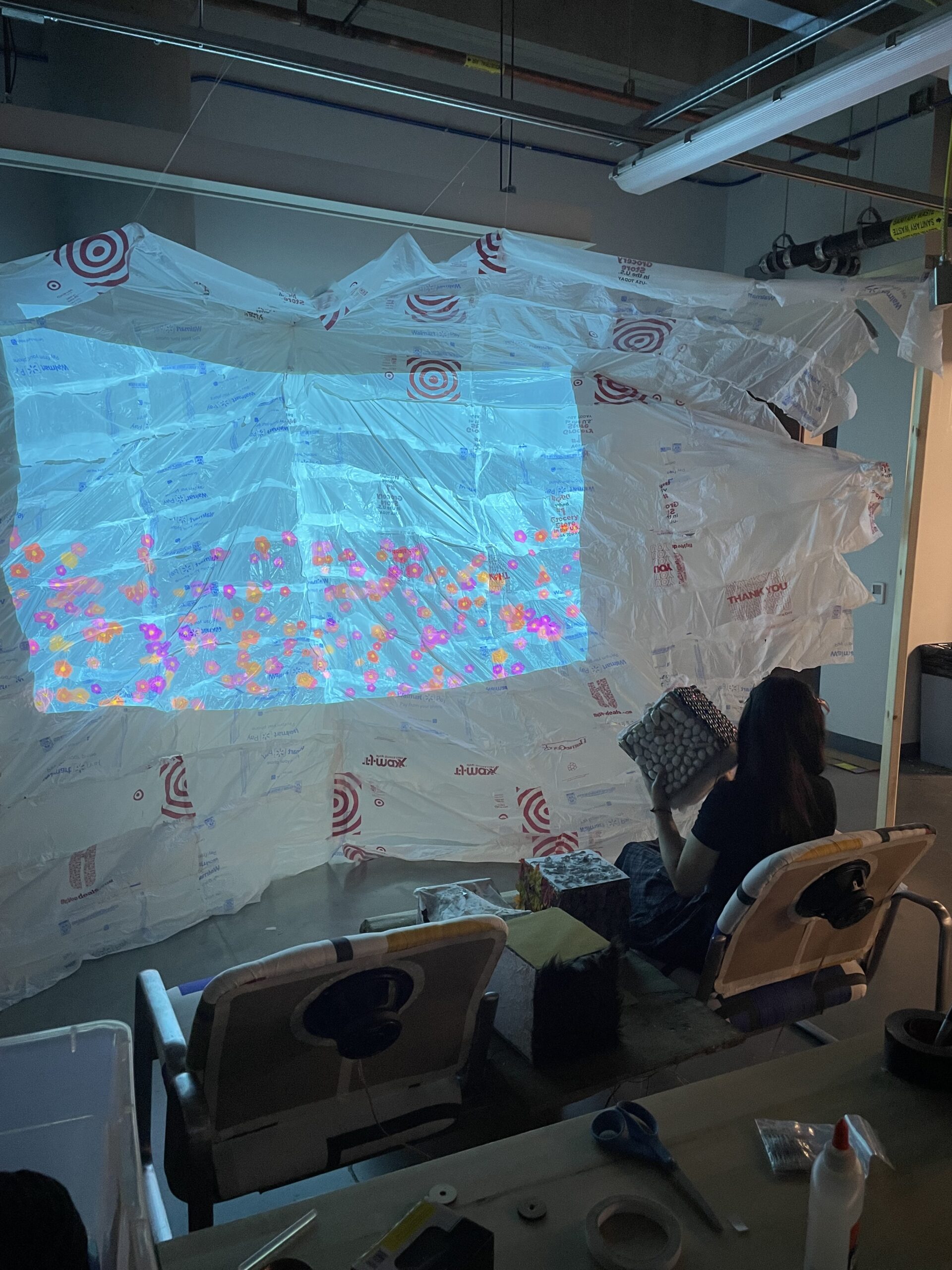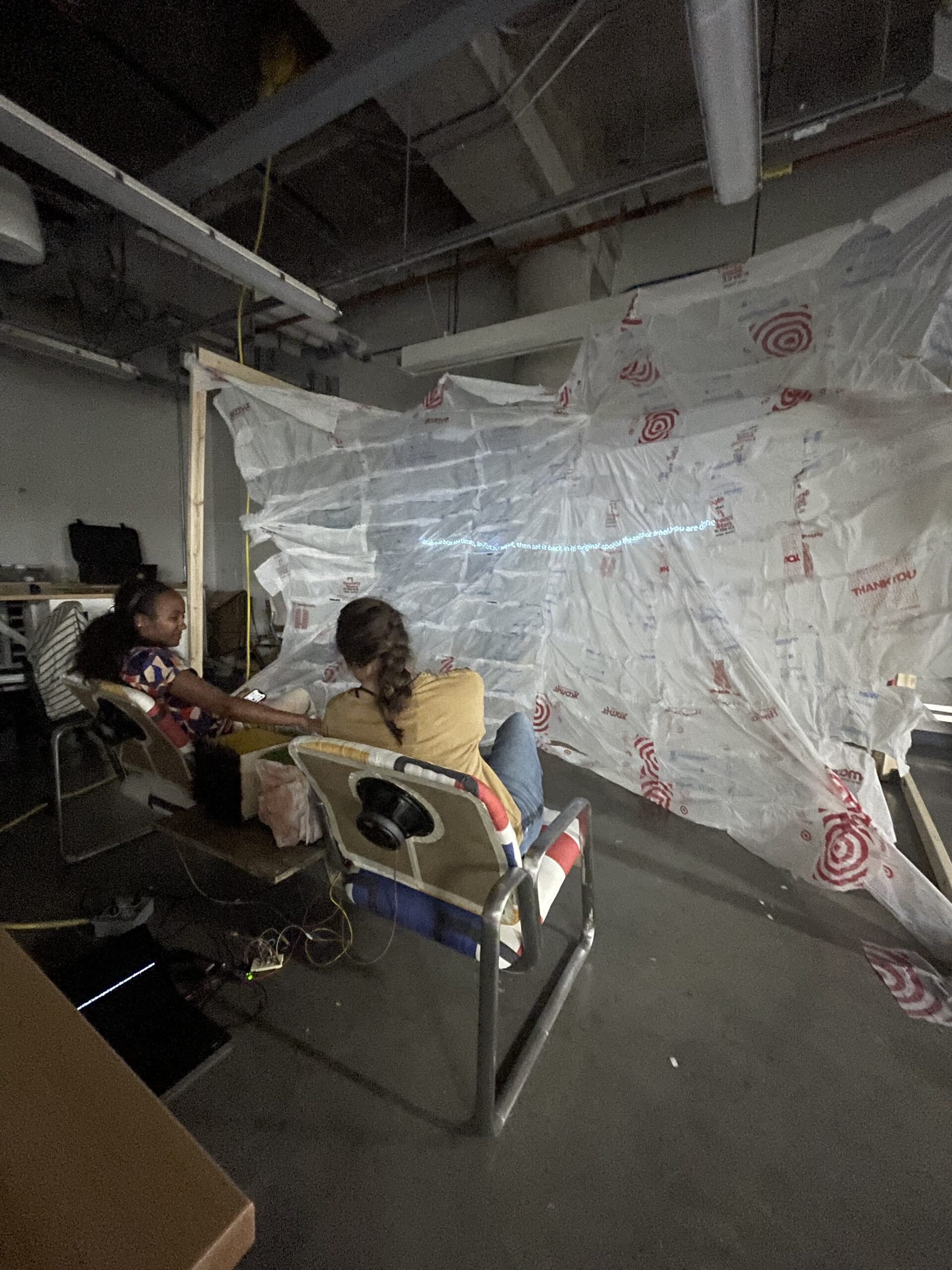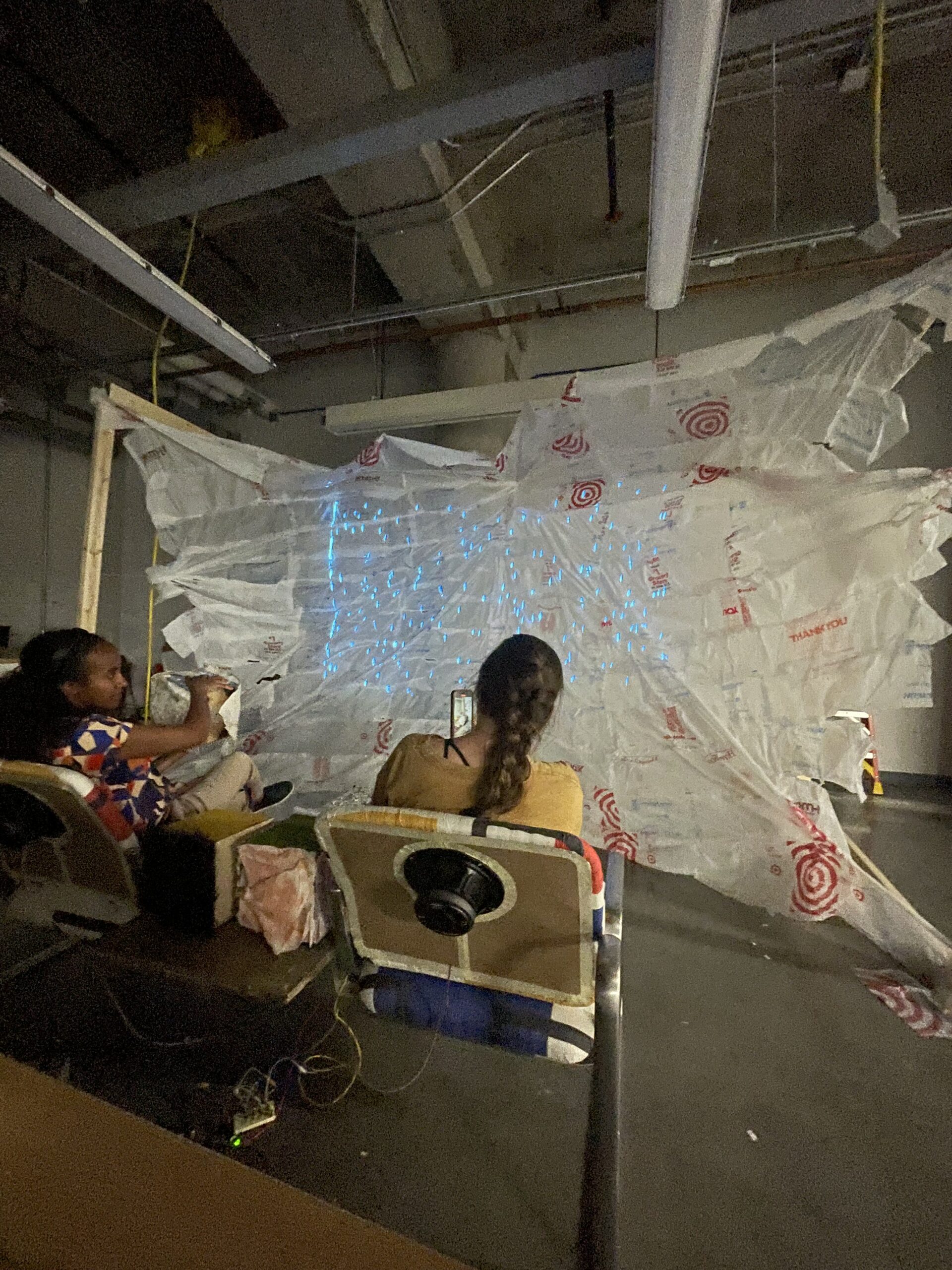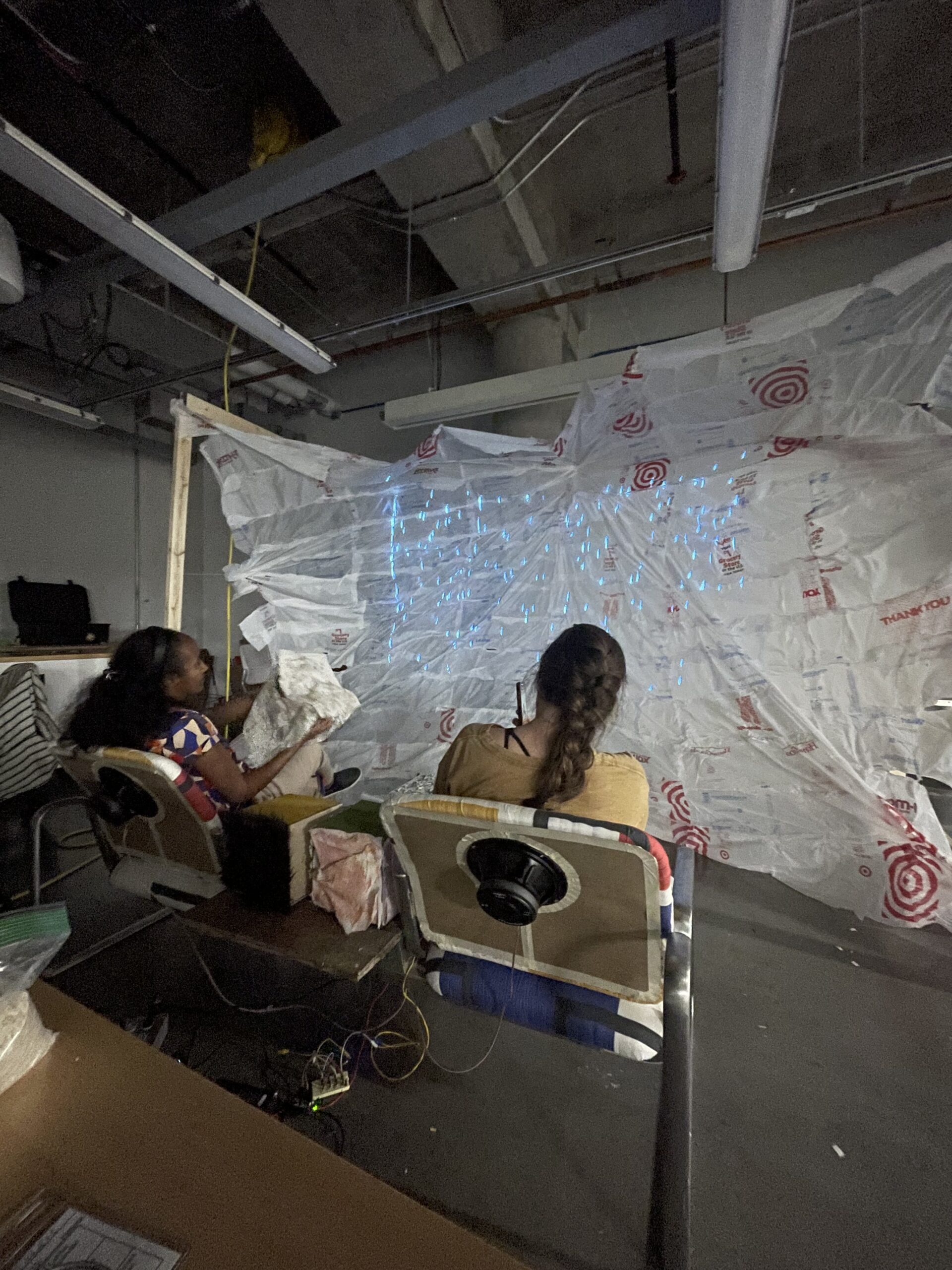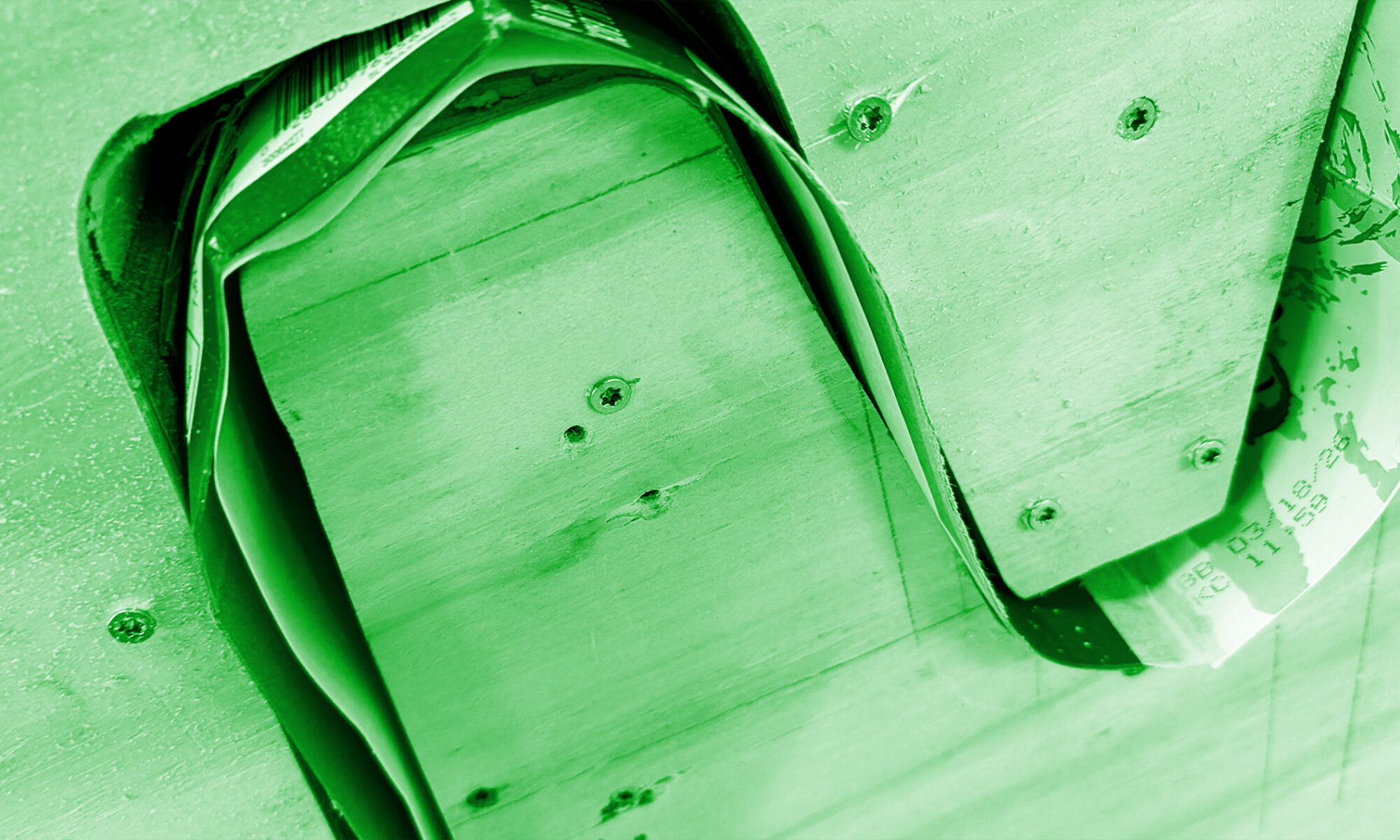In our busy lives, we often forget to pause and truly experience the world around us. This experience helps users reconnect with life’s meaning by engaging their senses and stepping away from daily pressures.
Life offers many perspectives, and a common theme of four appears throughout: four elements (earth, wind, fire, water), four seasons (winter, spring, summer, fall), four emotions (sadness, nervousness, happiness, anger), and four senses (sight, smell, touch, hearing).
The space includes a bench that accomodates multiple users, allowing them to engage with the experience collectively. Positioned at the center is a table designed to hold and display the four boxes that users will interact with. When a box is lifted, the related seasonal animation will begin to play and be projected onto a curved screen in front of the users. We have created and layered sounds over a background tack, which will enable individuals to experience the sound vibrations through a speaker attached to the backrest of the bench, immersing them completely in the experence.
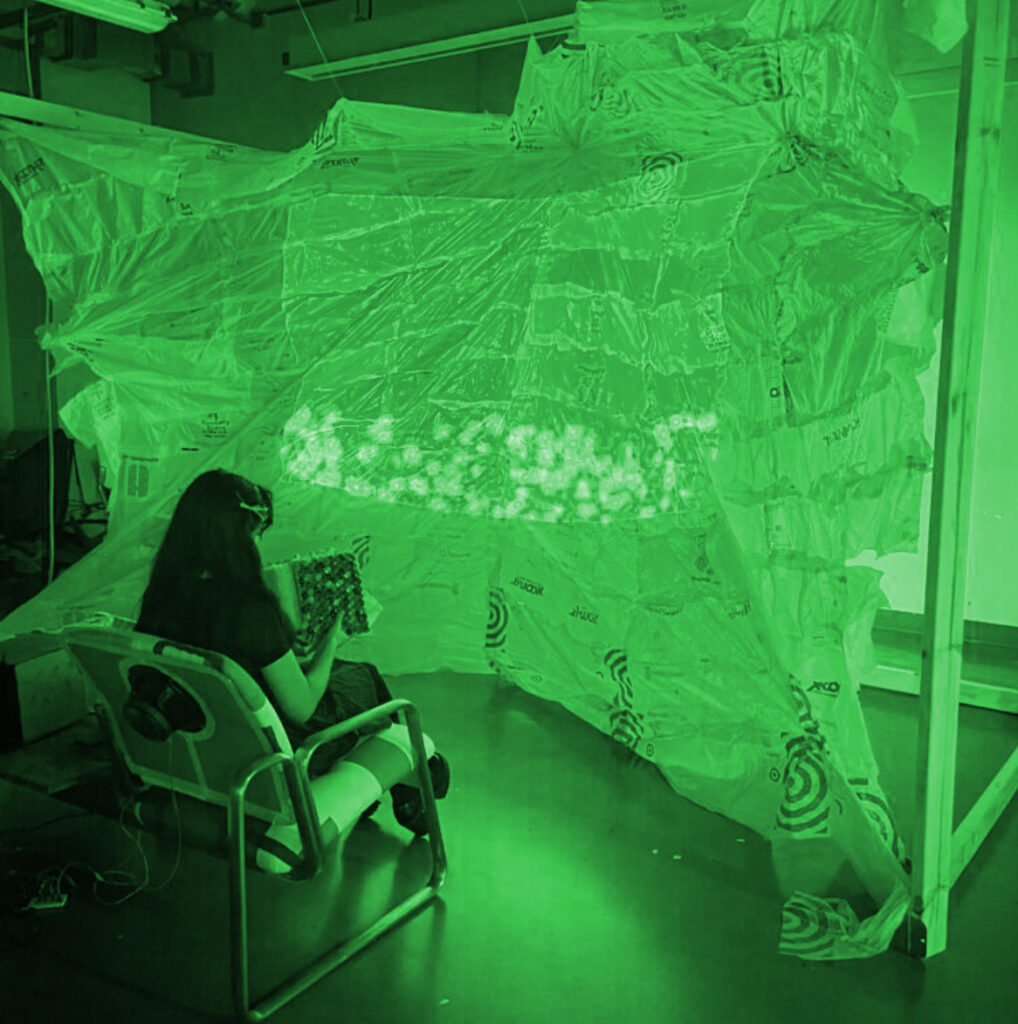
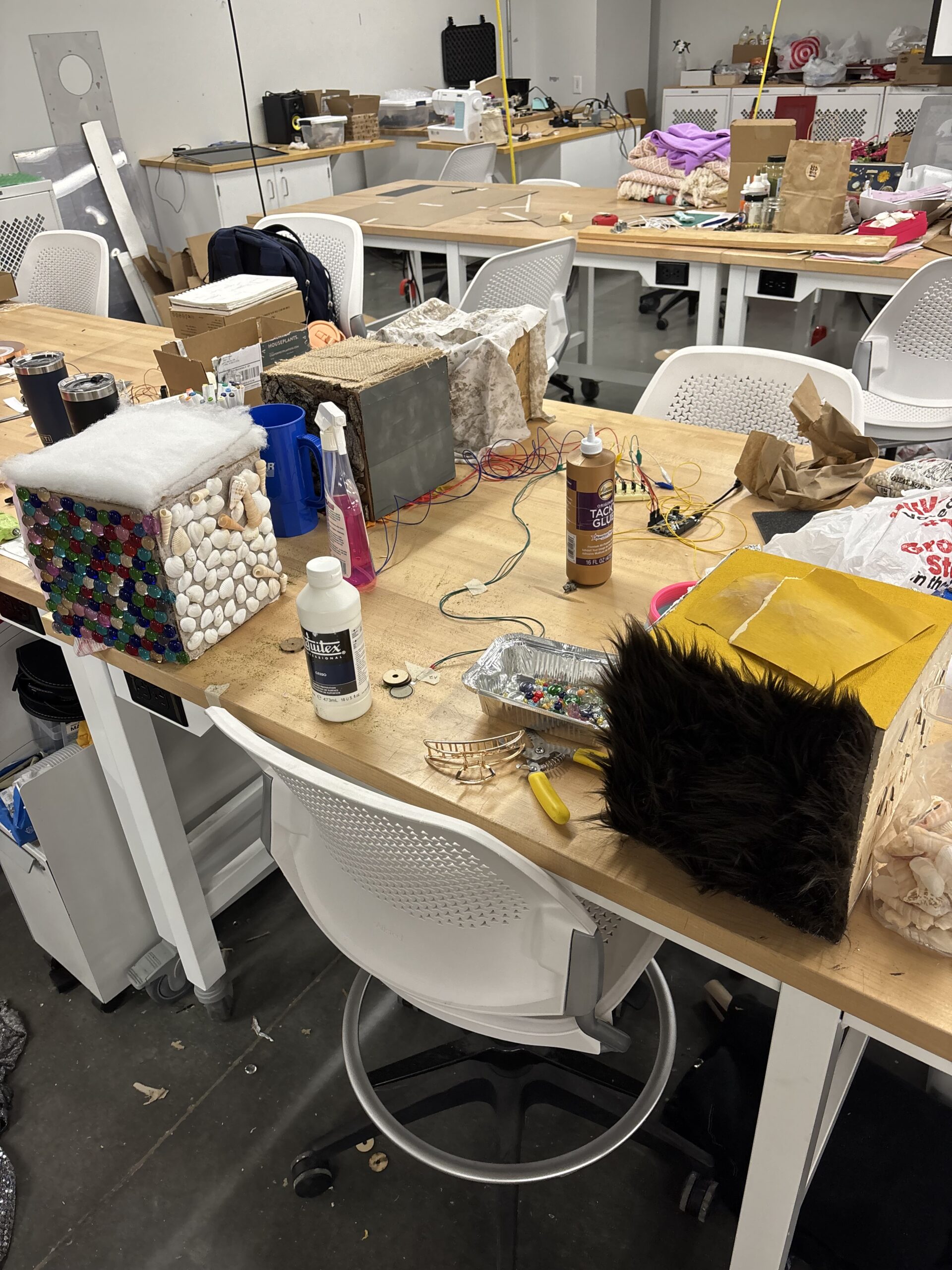
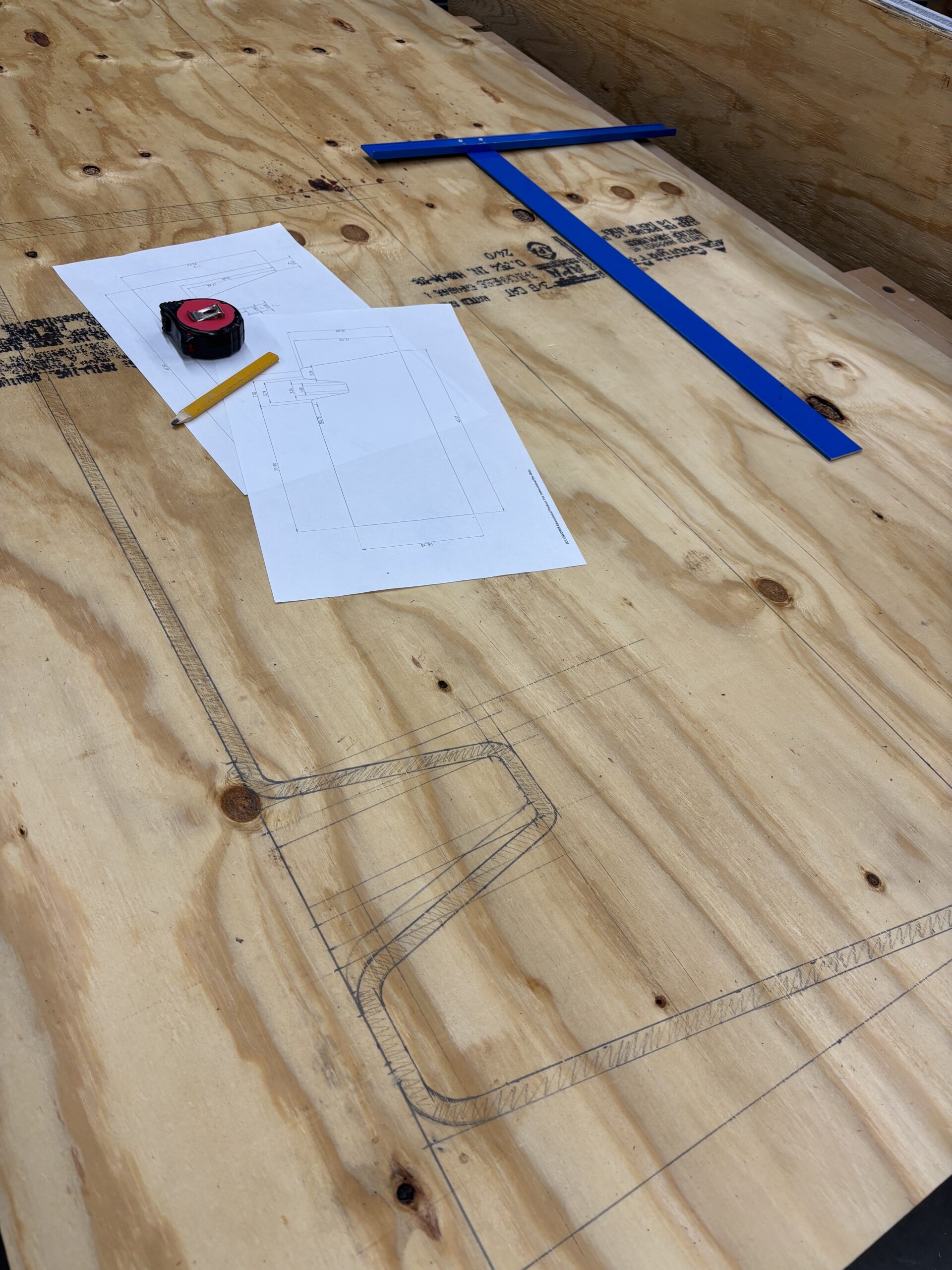
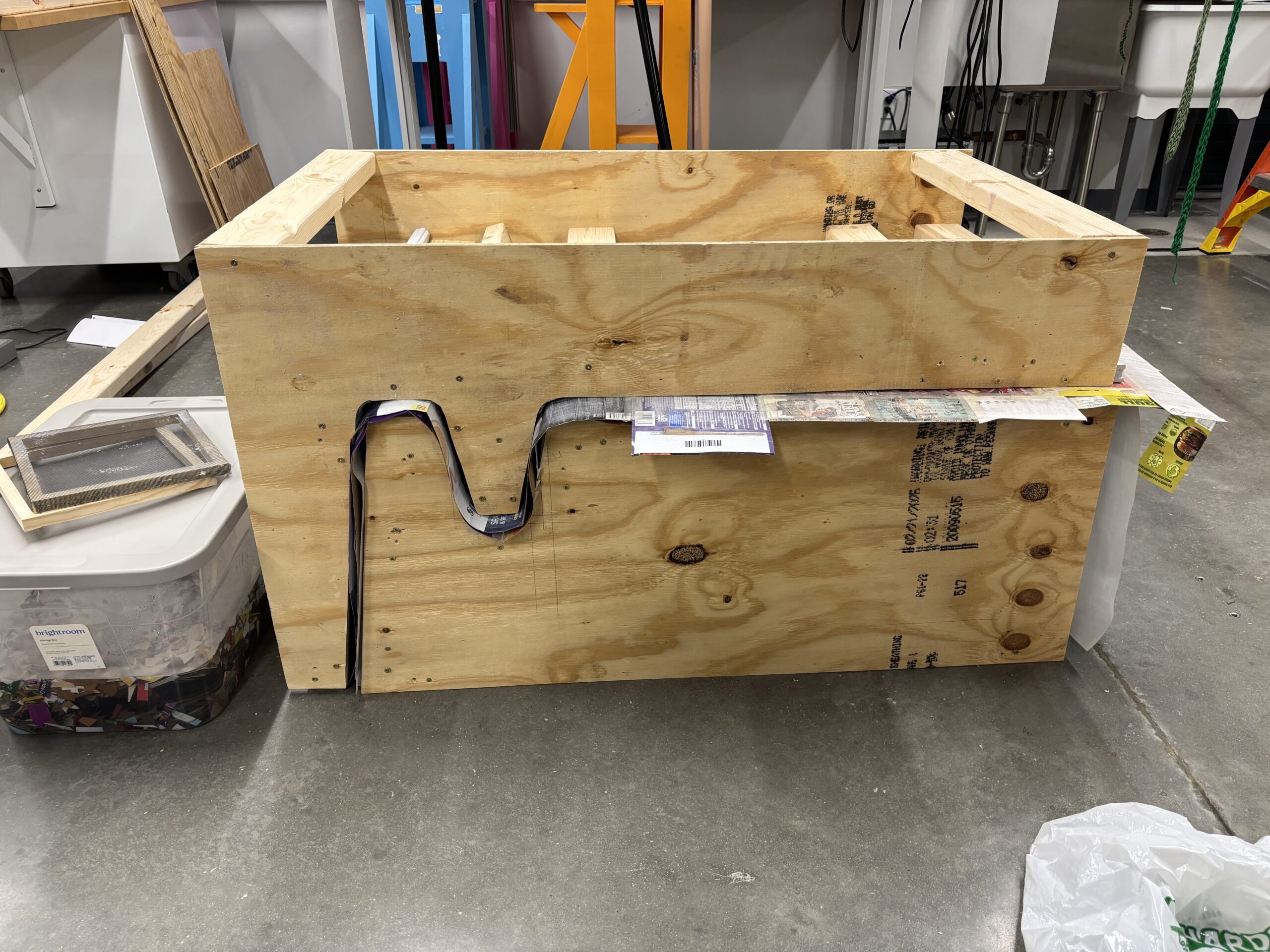
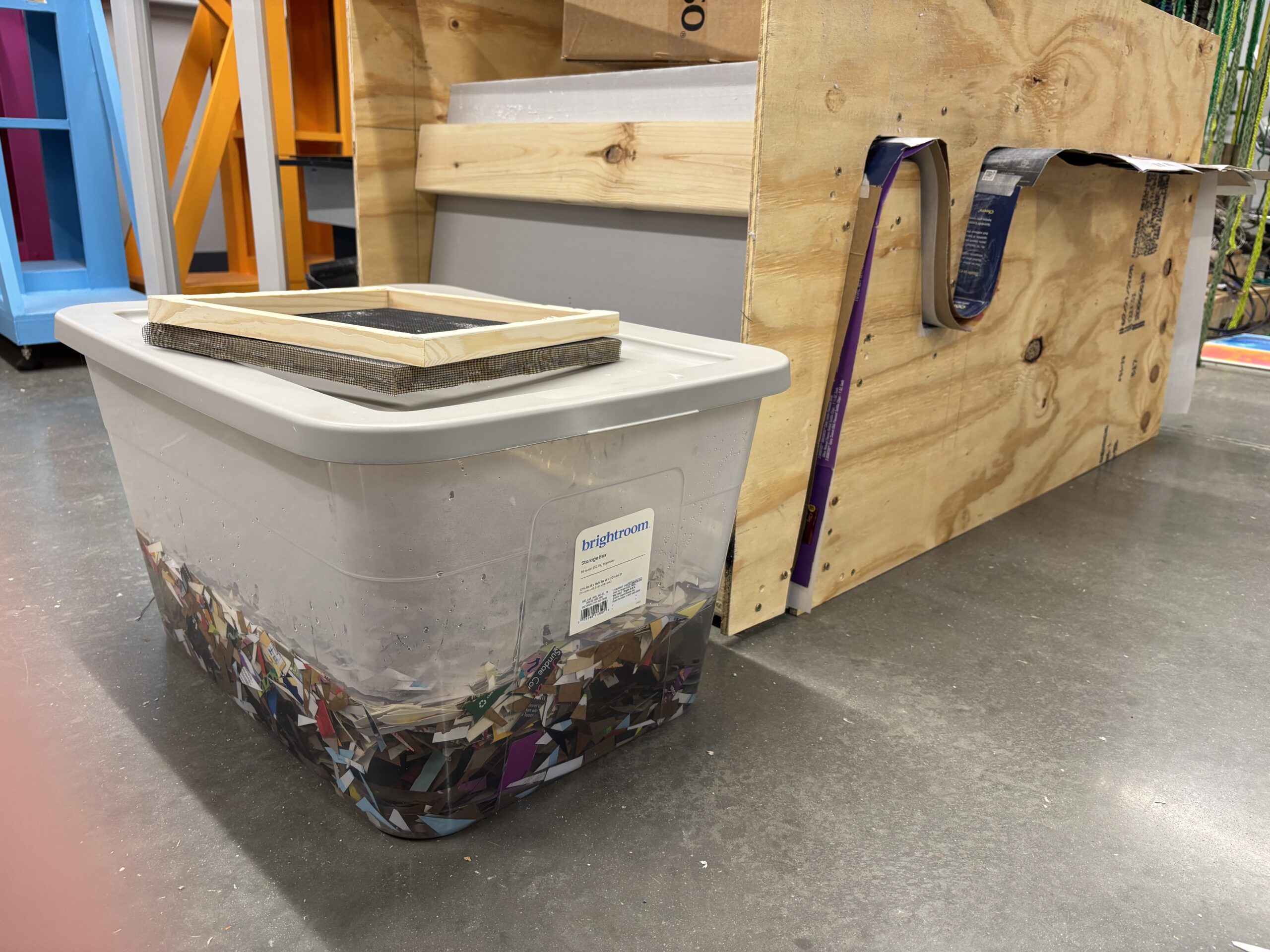
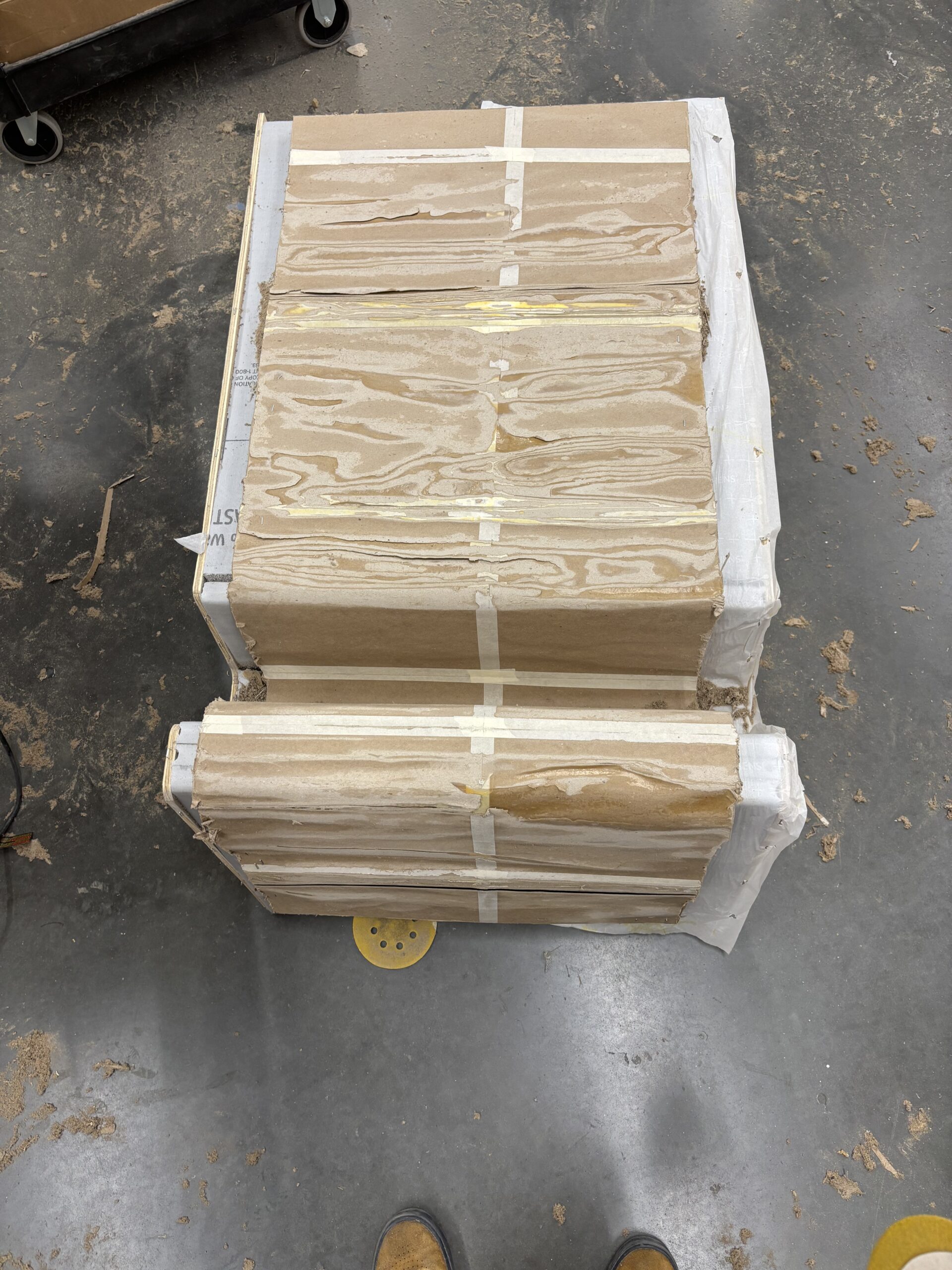
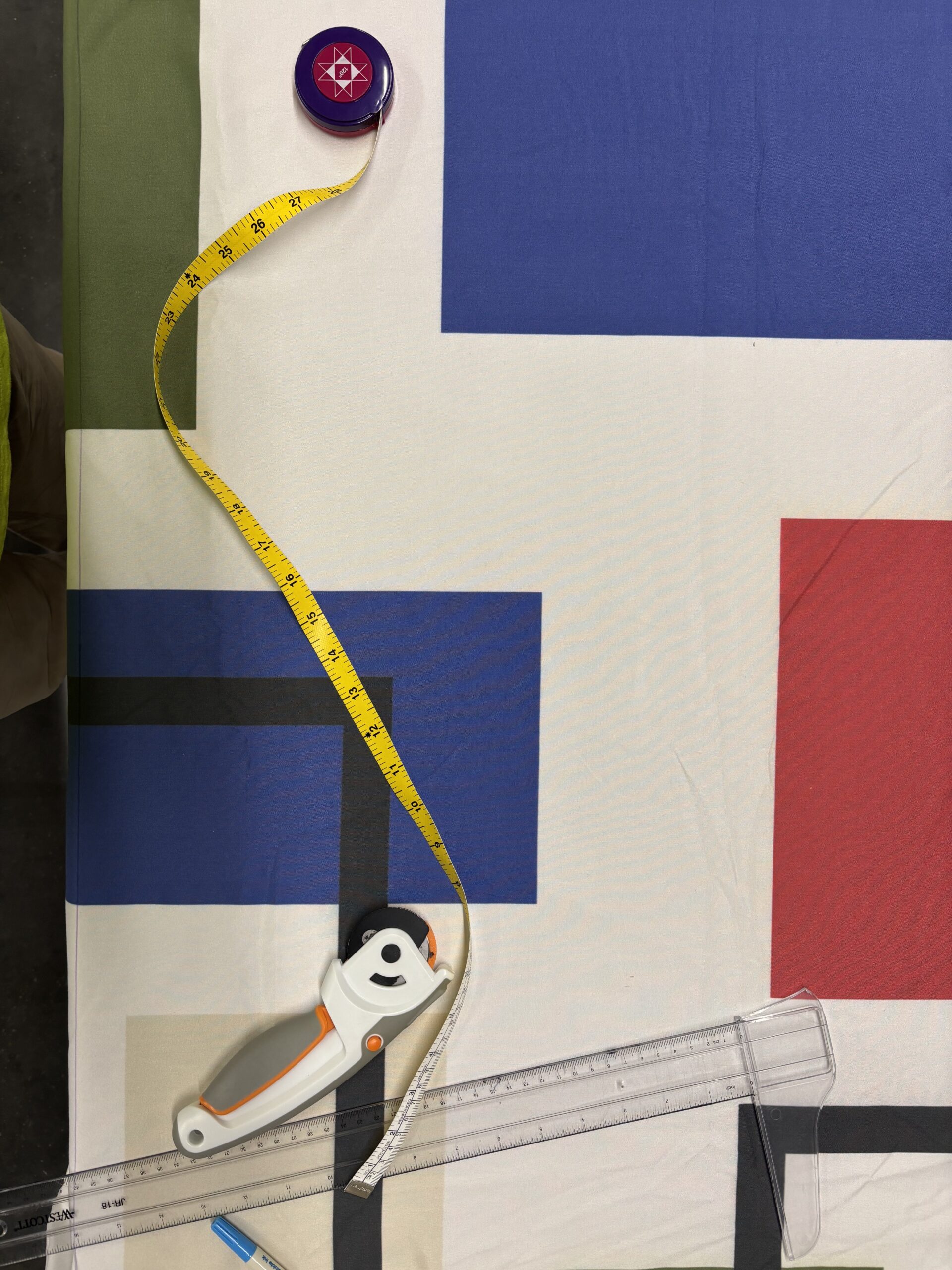
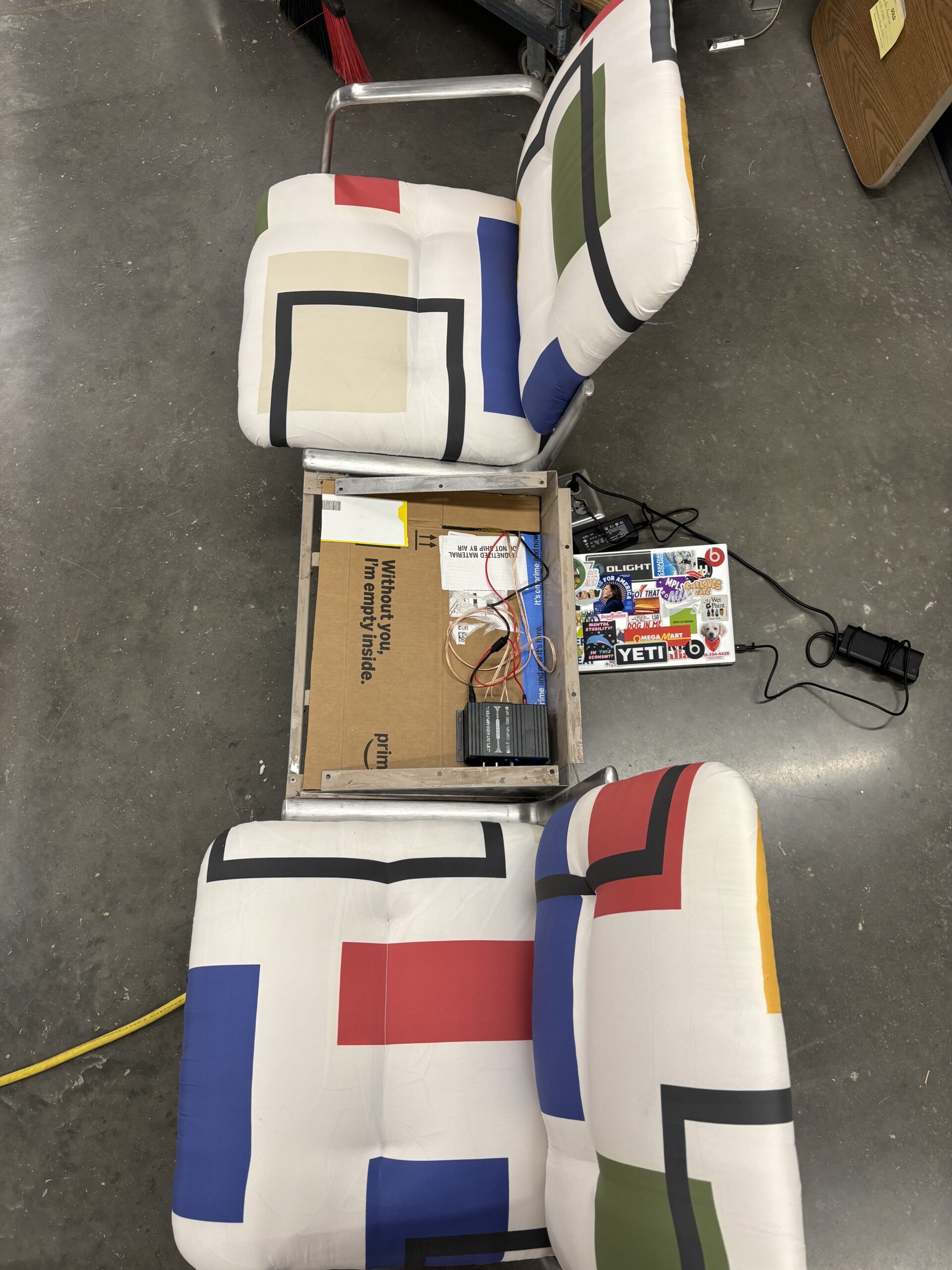
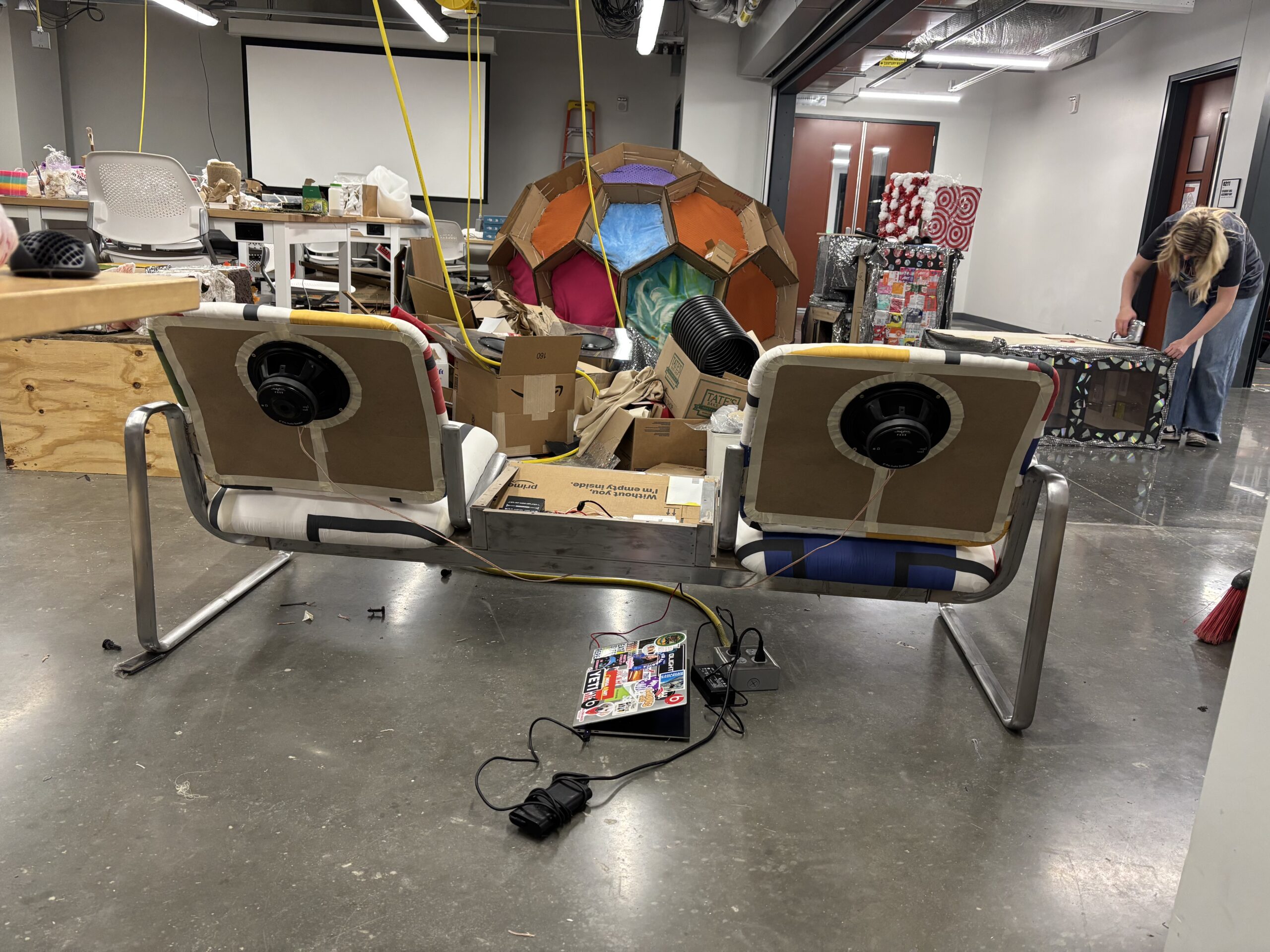
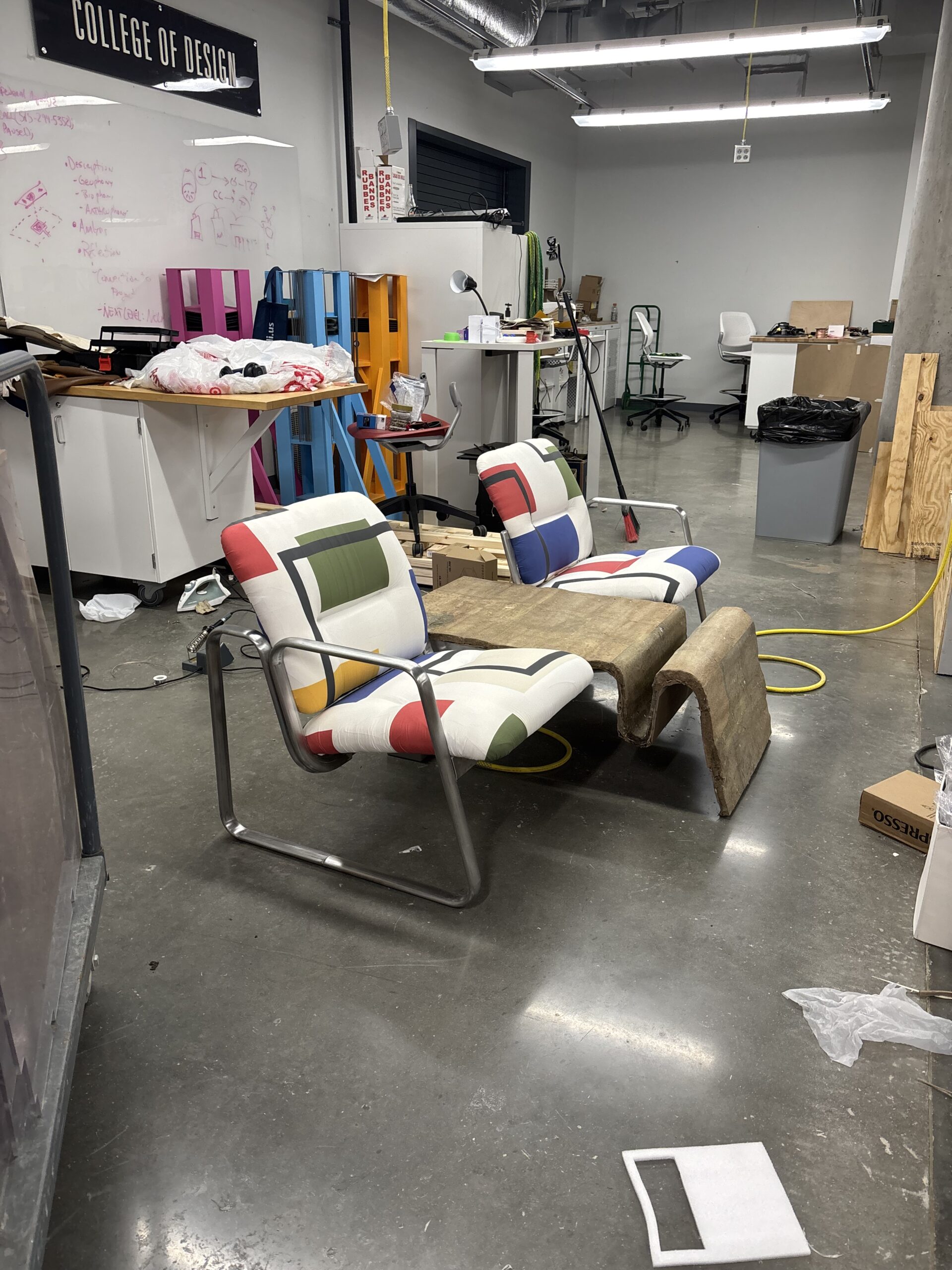
RESEARCH
We focused on learning about the different scents that correlate to each season, textures that correlate to each emotion we want to provoke, sounds of that specific season and what we could use to produce those sounds organically.
For example, some familiar scents of summer could be citrus notes like lemon, flowers, ocean air, or fresh cut grass. Some textures that may be related to happiness are materials like silk, marble, cashmere, fur, or soft cotton as they are smooth, and enjoyable to feel. It was also very important for us to learn about the sounds people correlate to each season, so some of the main sounds for summer are the chirping of birds, crashing waves, children playing, and anything else that creates a lively and carefree atmosphere.
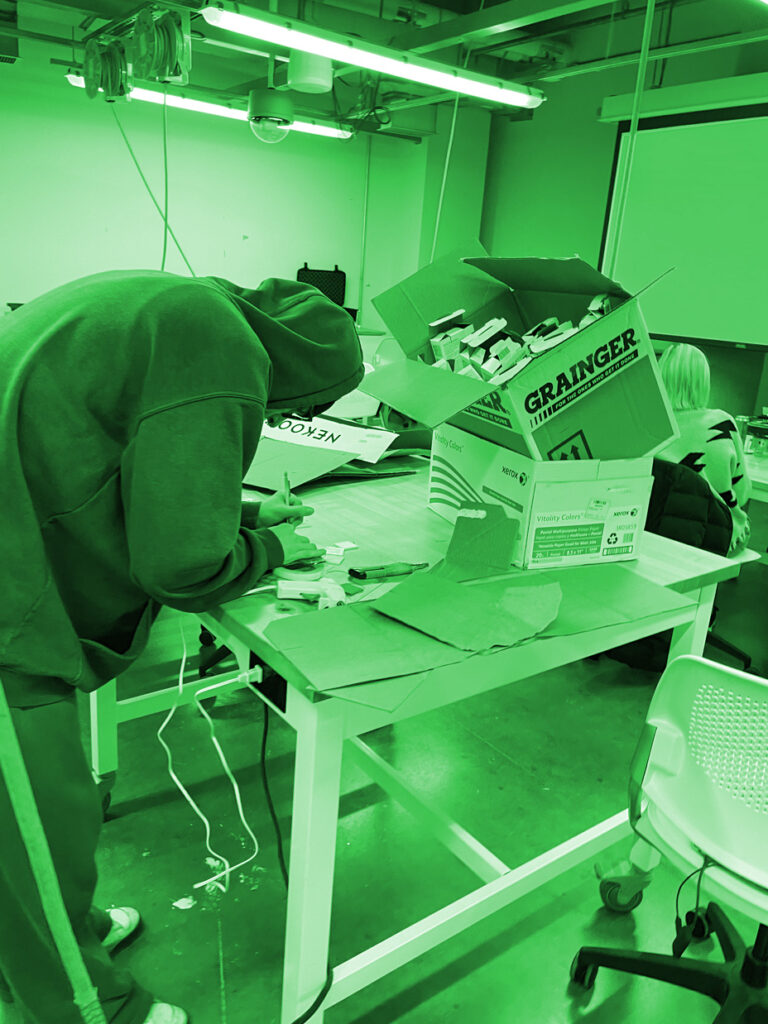
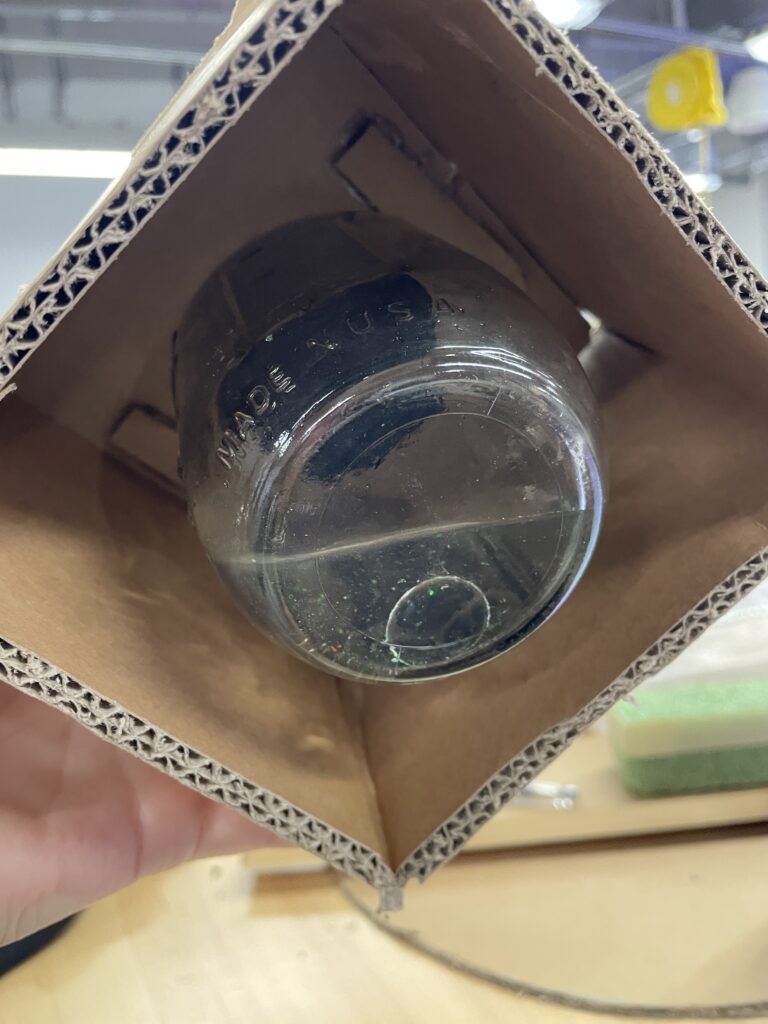
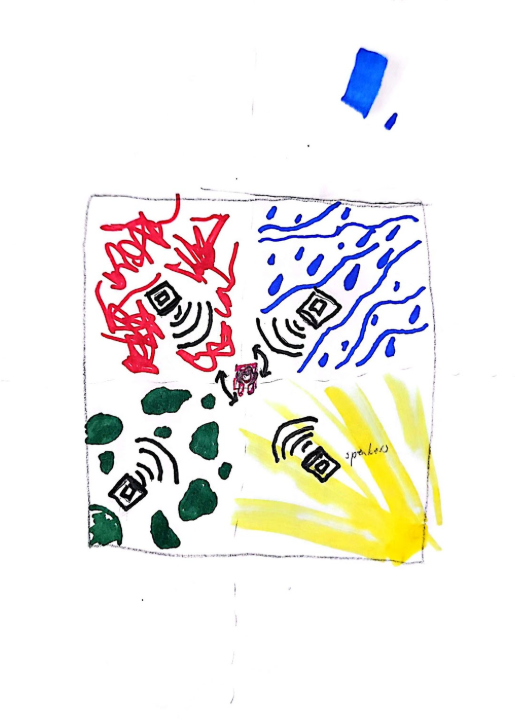
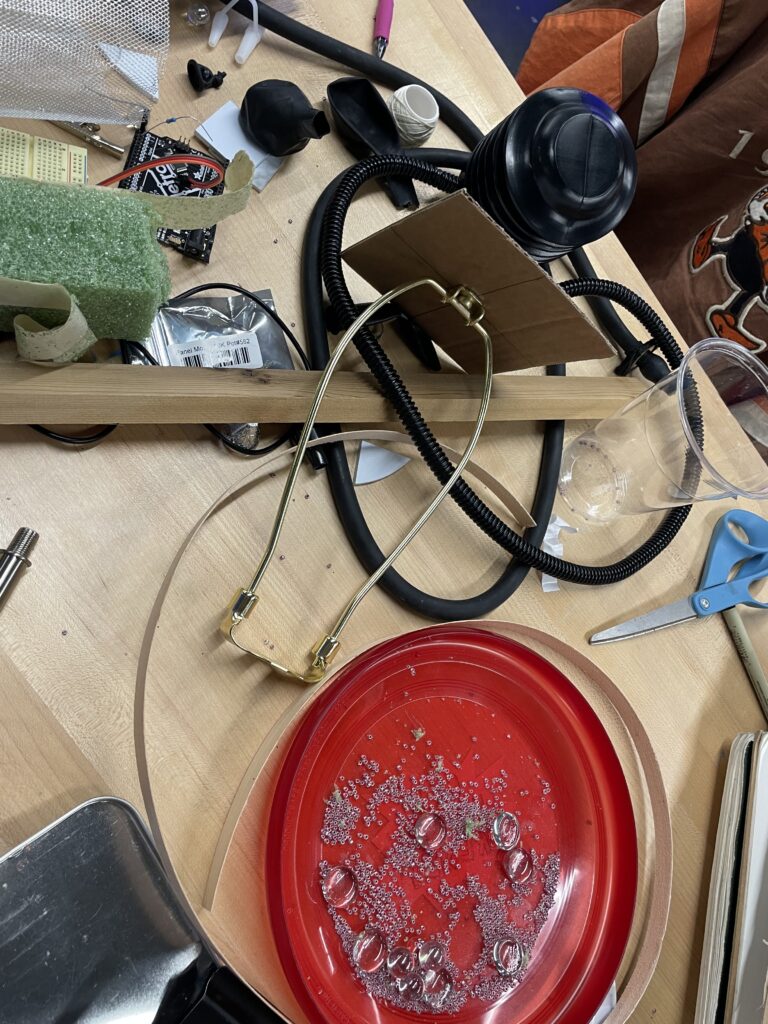
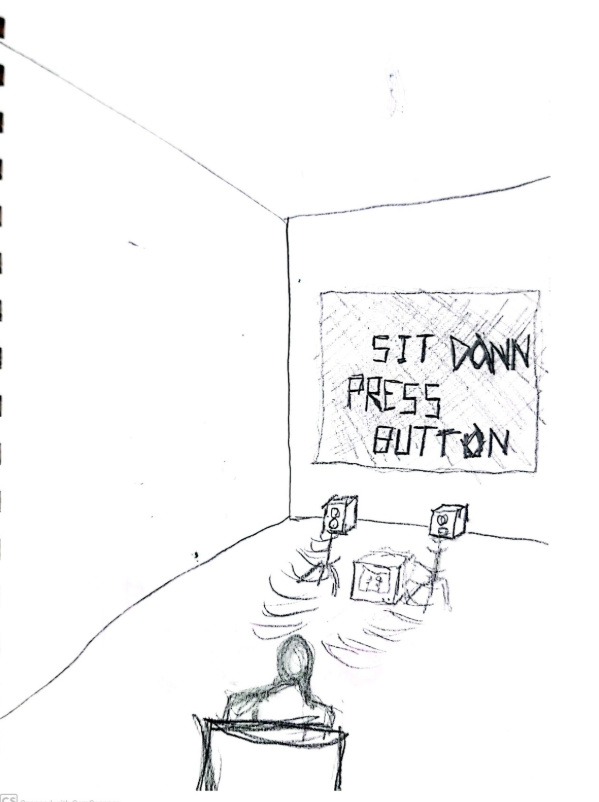
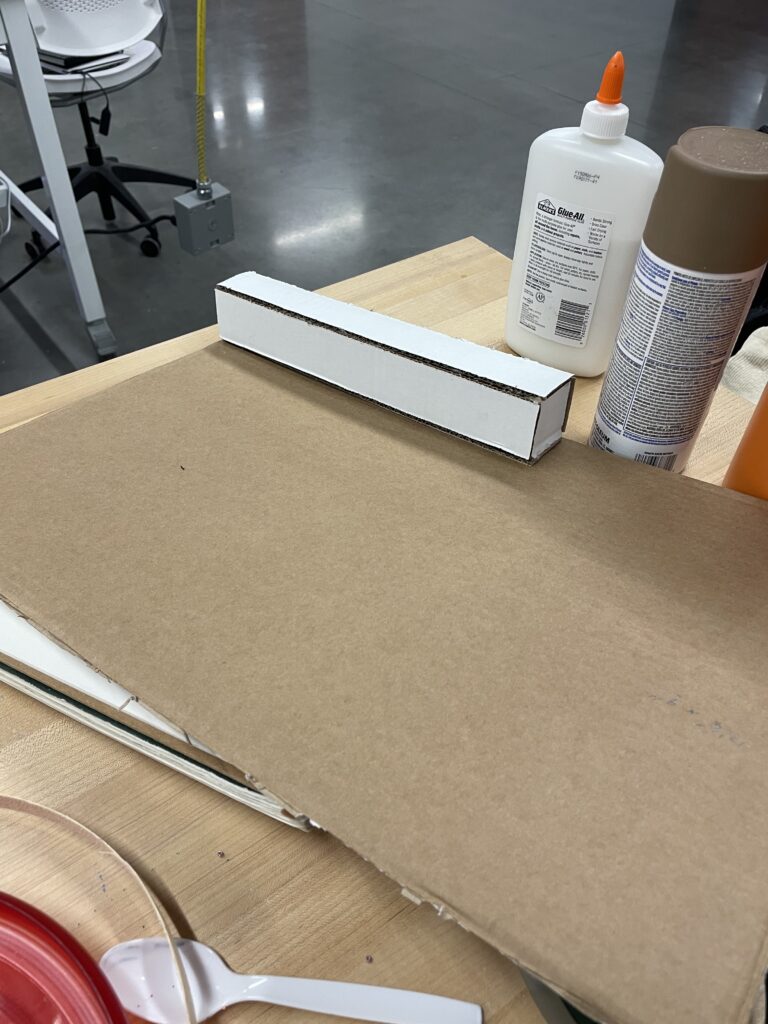
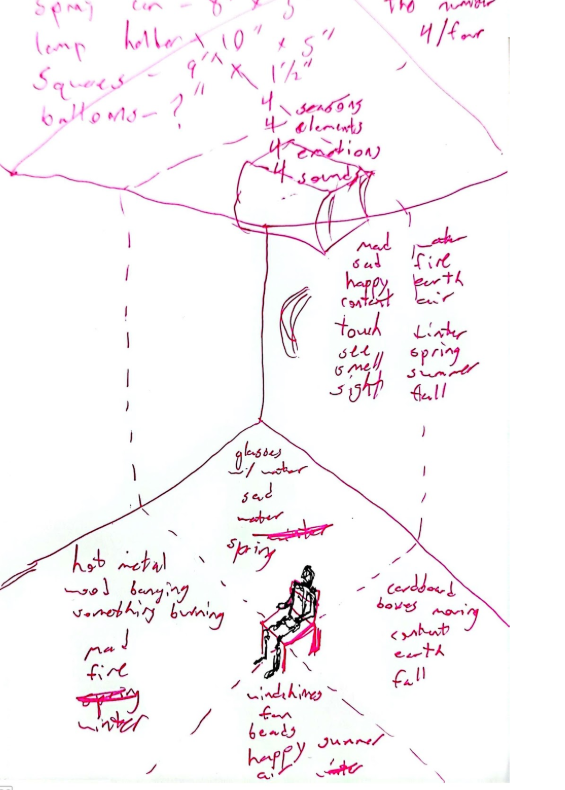
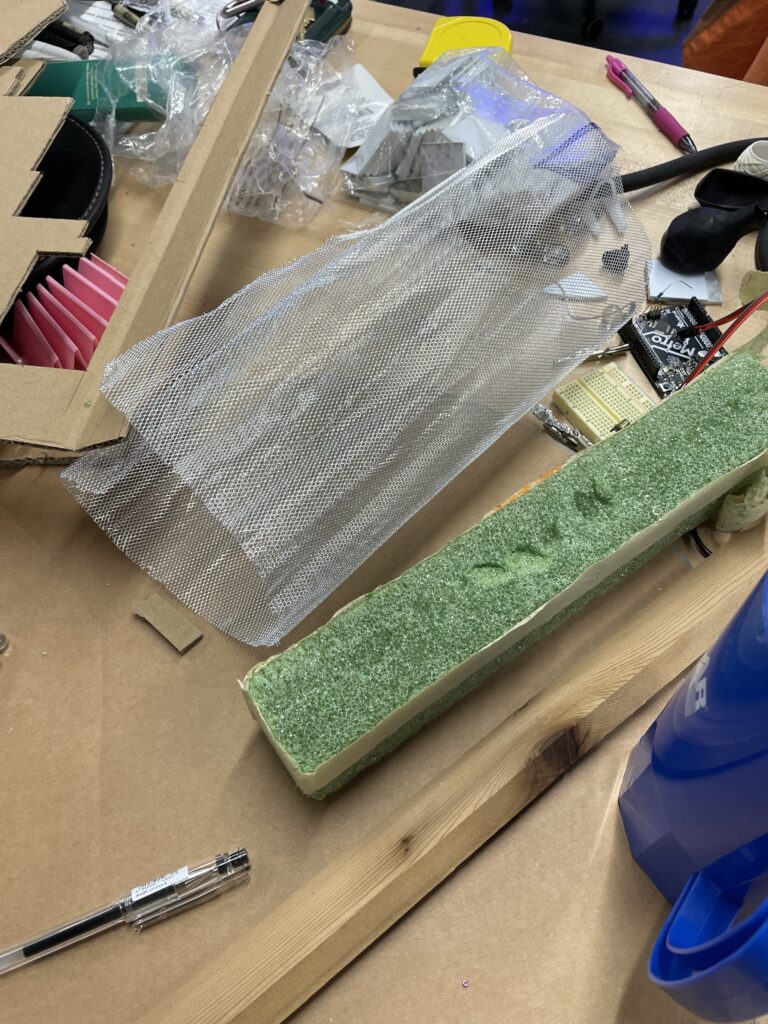
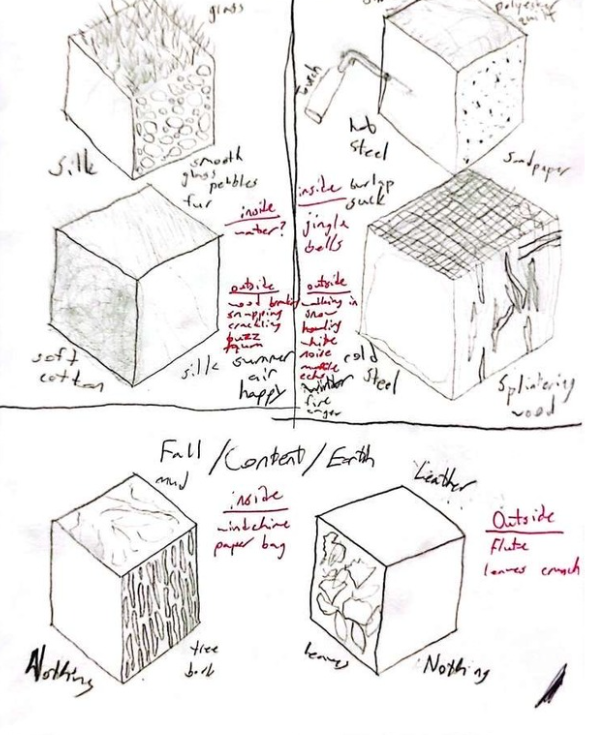
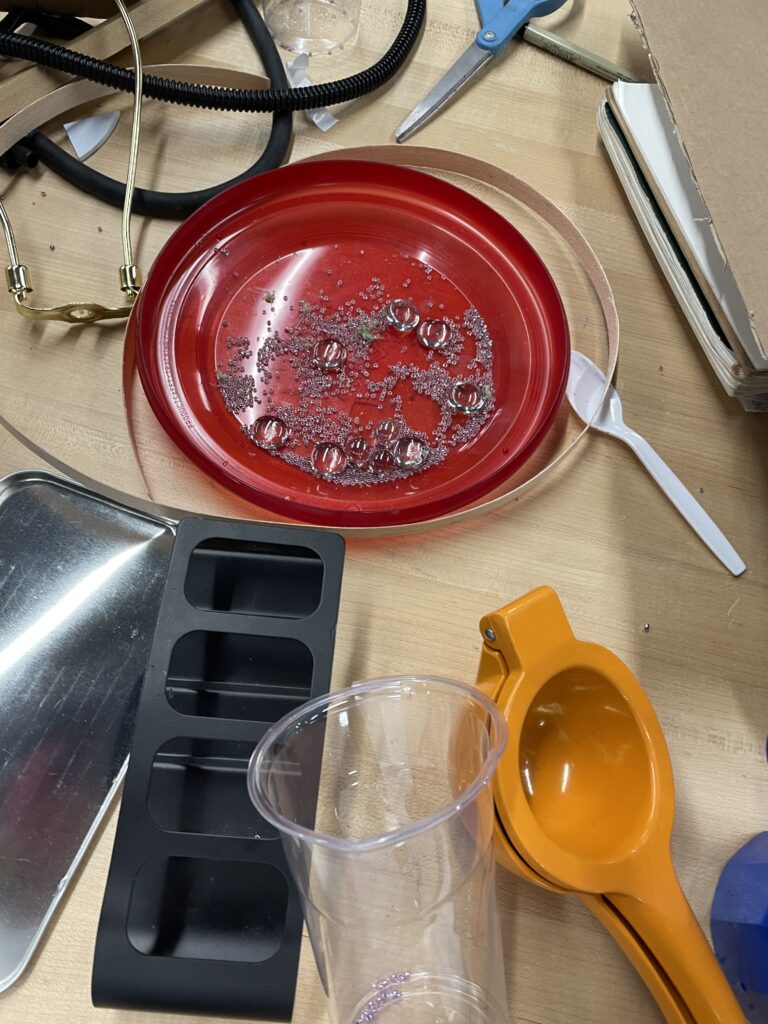
SKETCHING AND IDEATION
As the project progressed, so did our approach to ideation and design direction. Initially, our focus was on creating a single chair, which later evolved into a swivel chair concept. Ultimately, we decided to upcycle an old bench and build upon its existing frame, embracing a more sustainable and resourceful approach.
Once we committed to this final direction, our primary focus shifted to designing a table that would complement and elevate the bench’s original structure. After finalizing a table design that met these criteria, we began developing ideas for seating to accompany it.
However, during the construction phase, we realized that the amount of chipboard required for the table would not leave enough material to fabricate new chairs. As a result, we chose to reupholster the existing bench cushions, effectively utilizing available resources while preserving design cohesion.
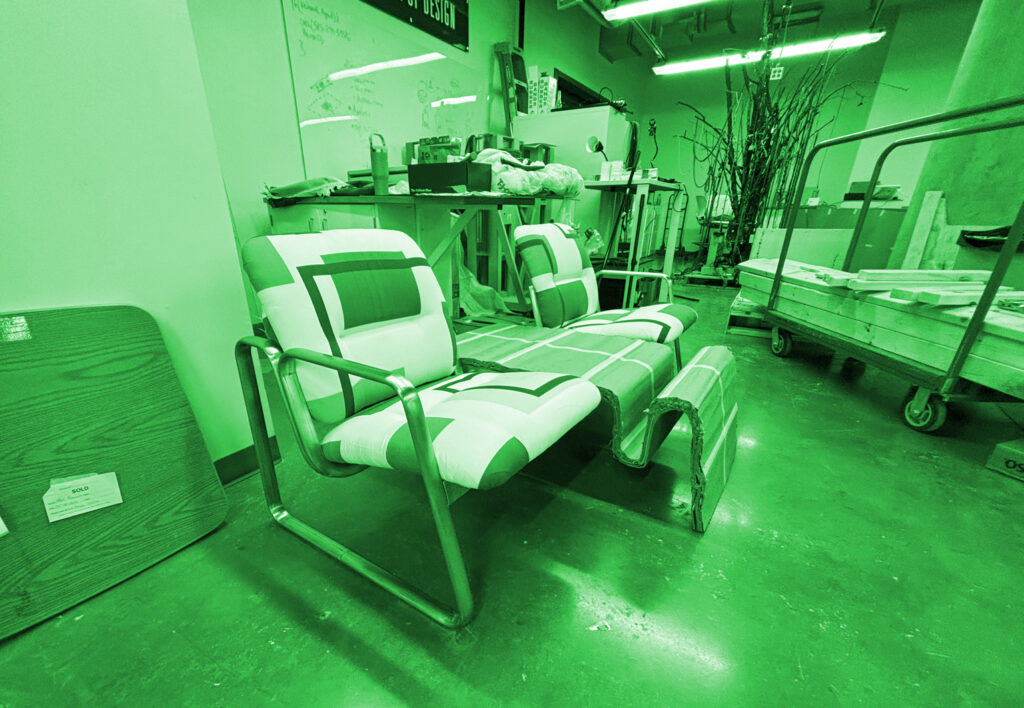
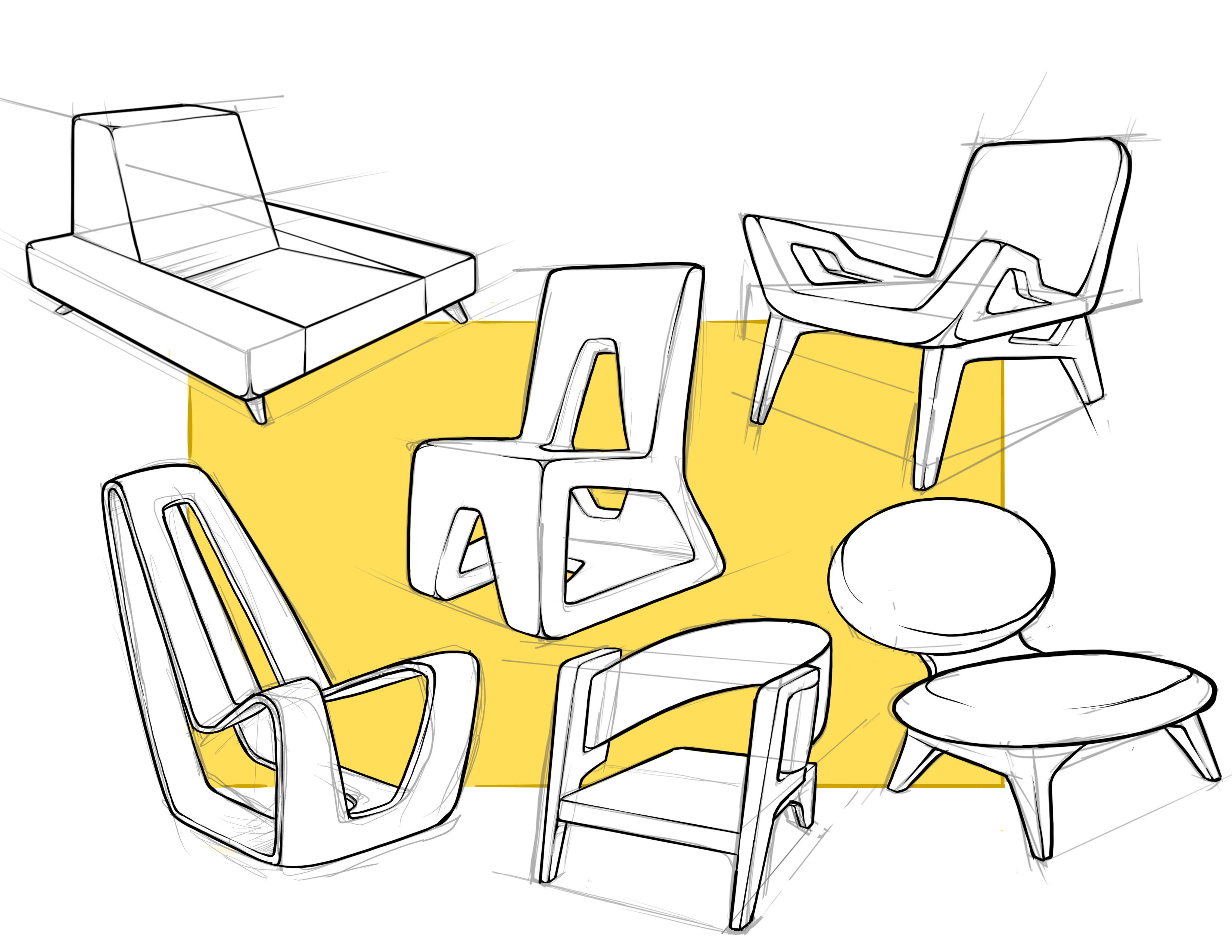
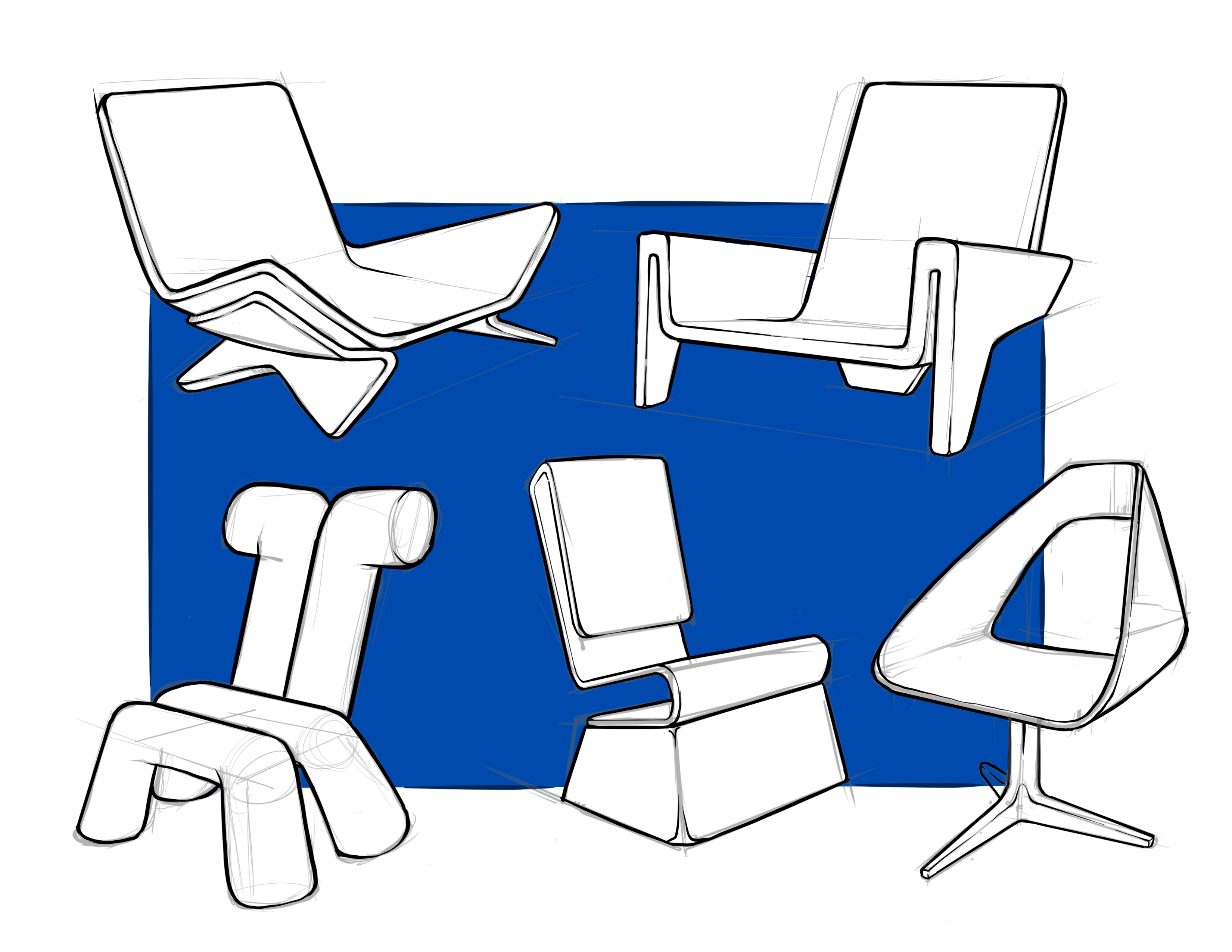
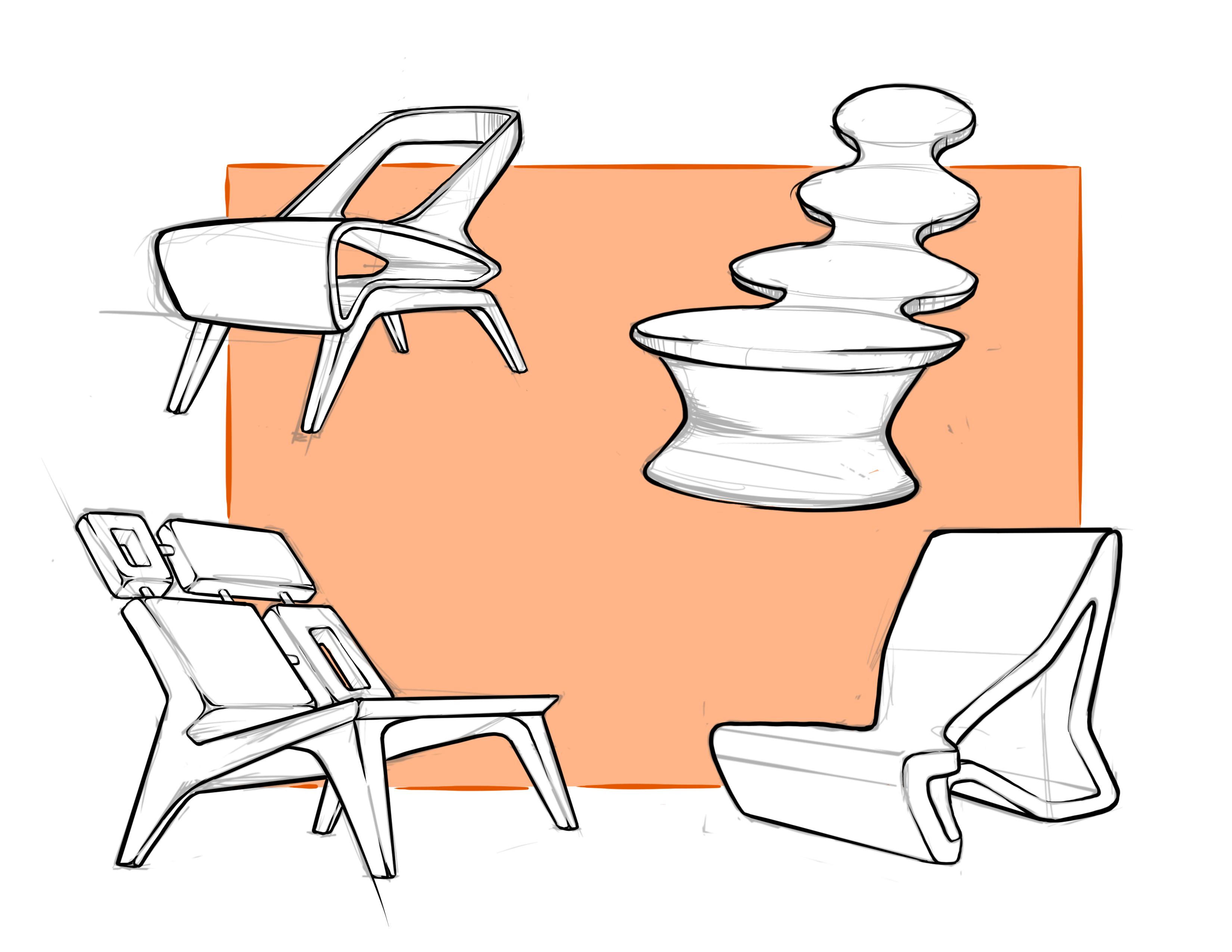
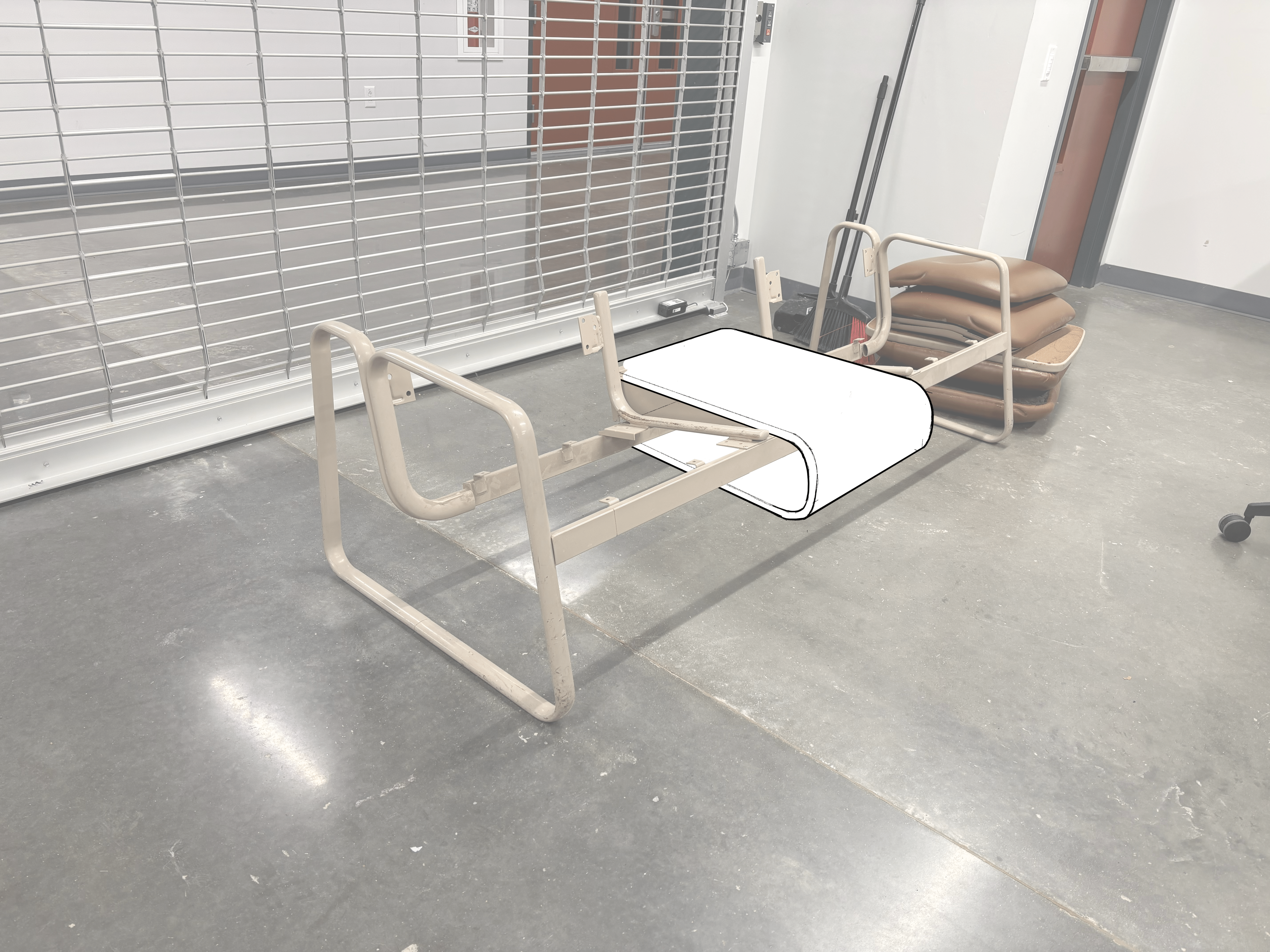
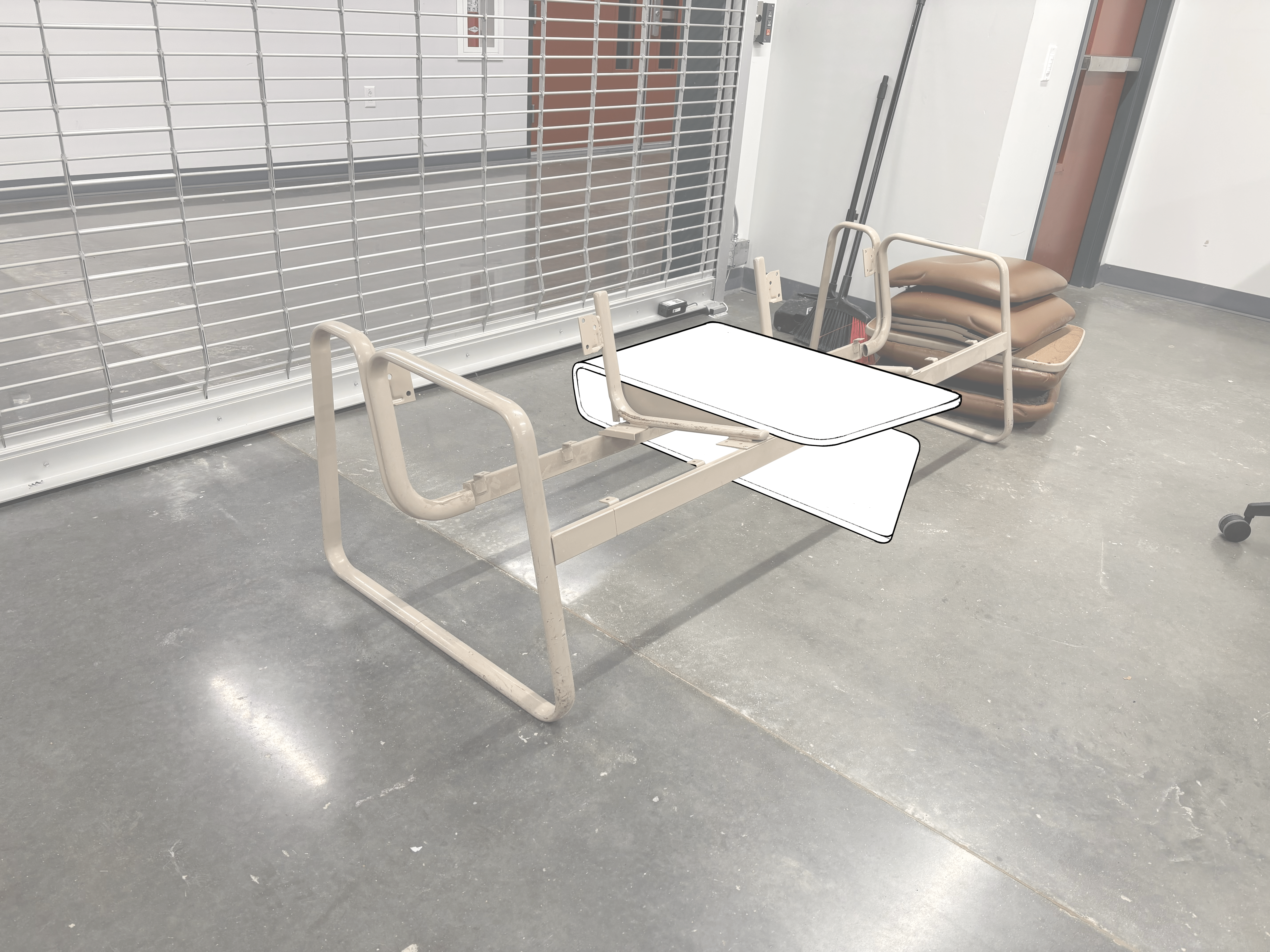
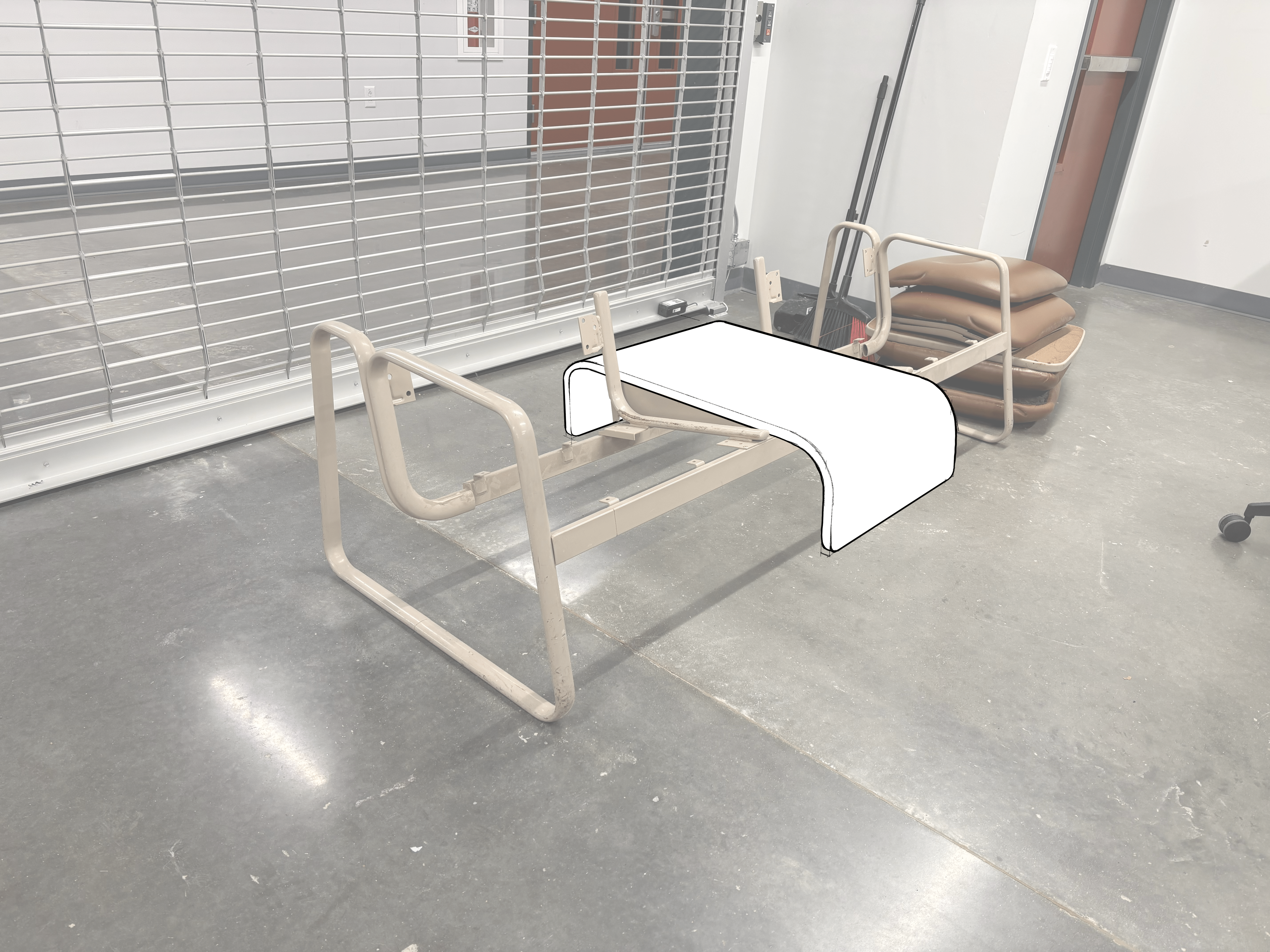
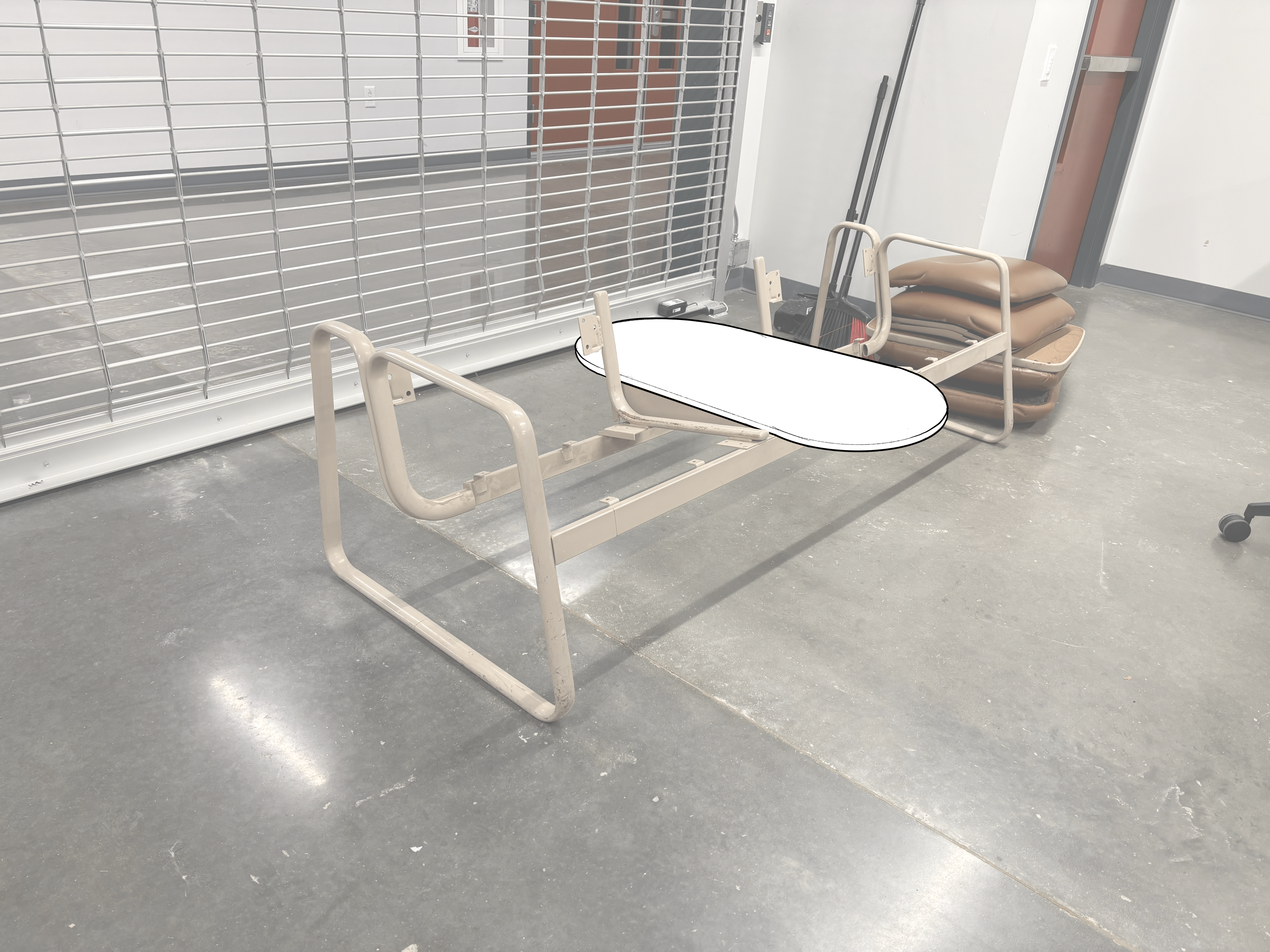
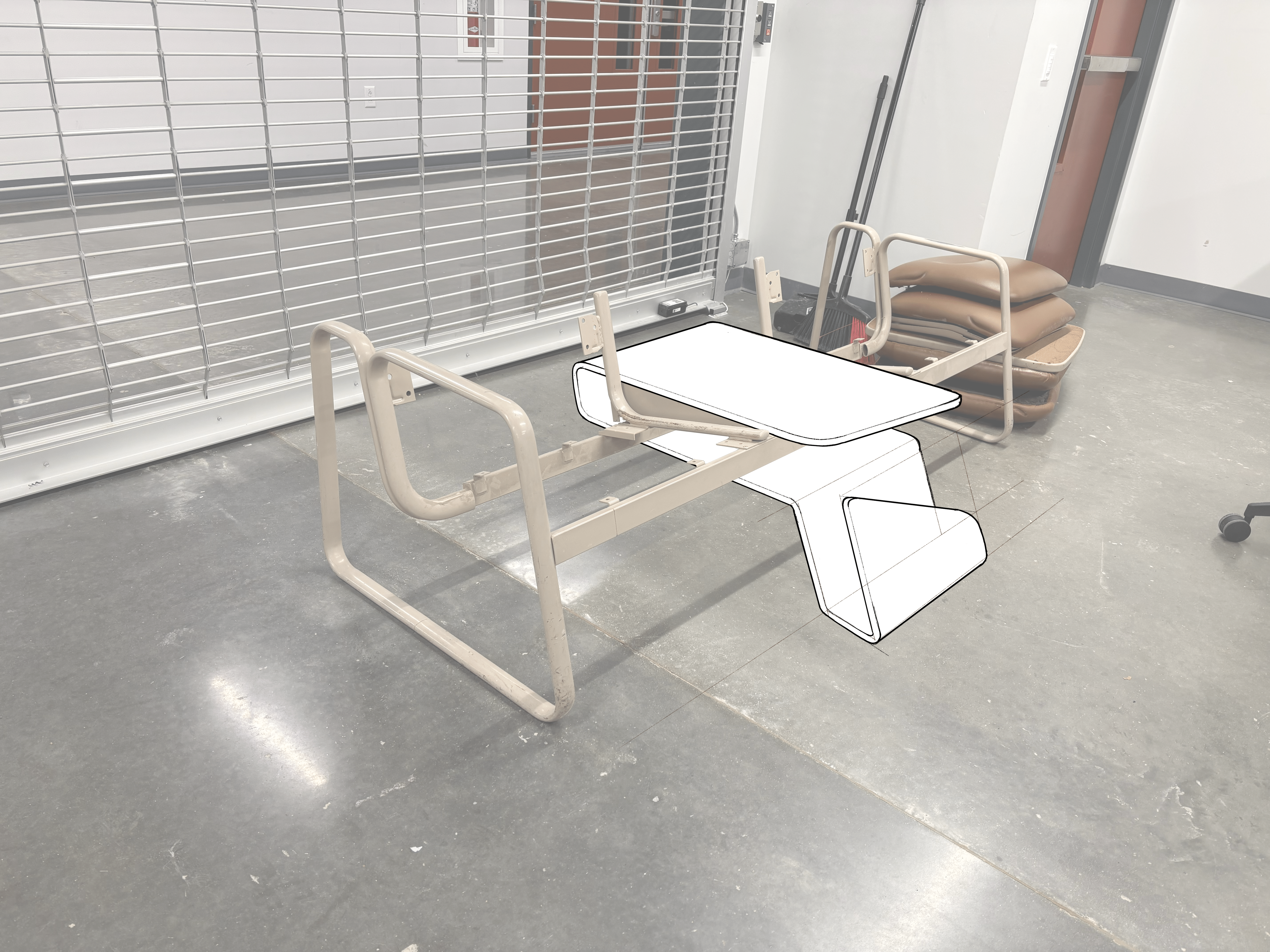
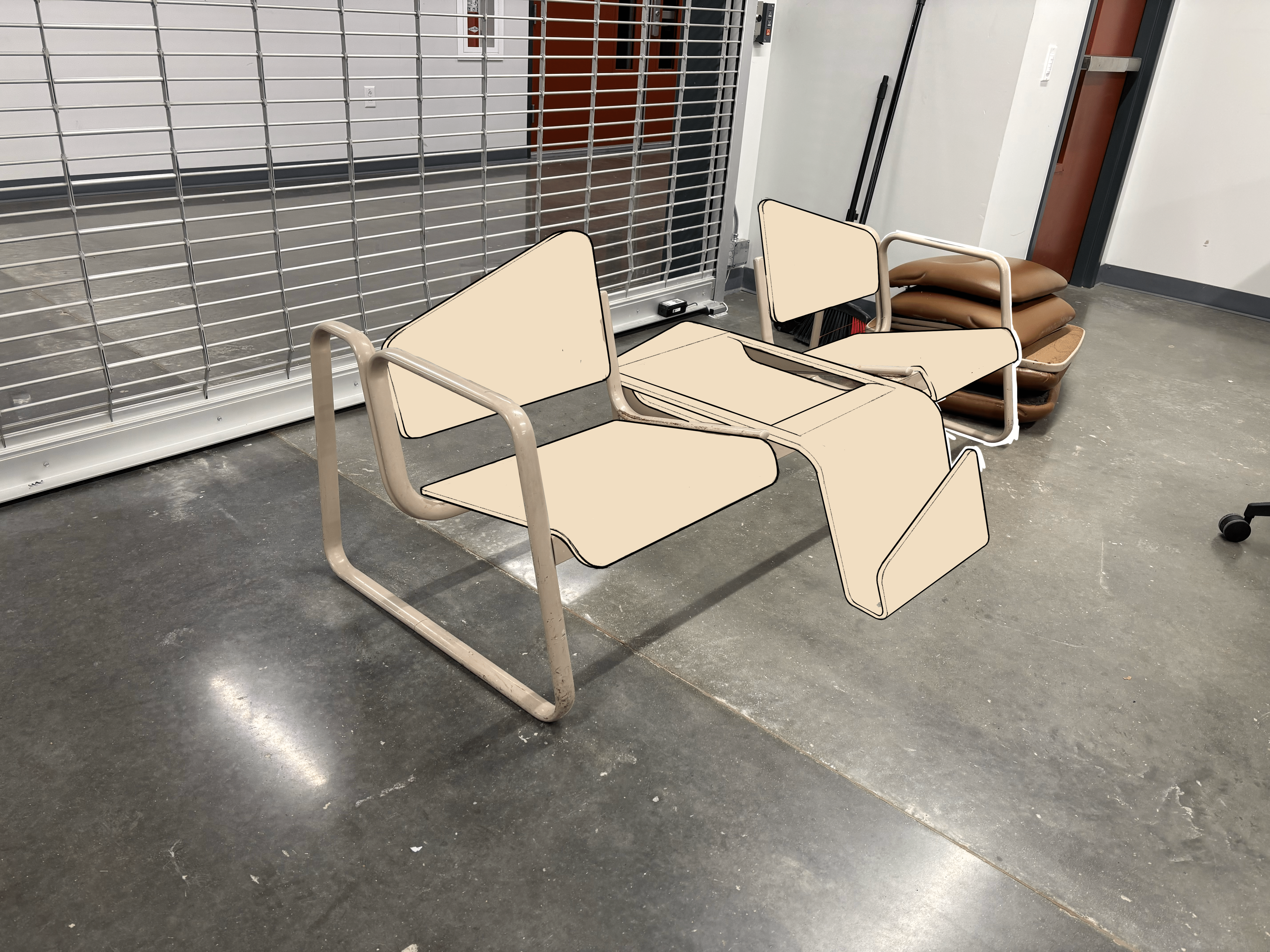
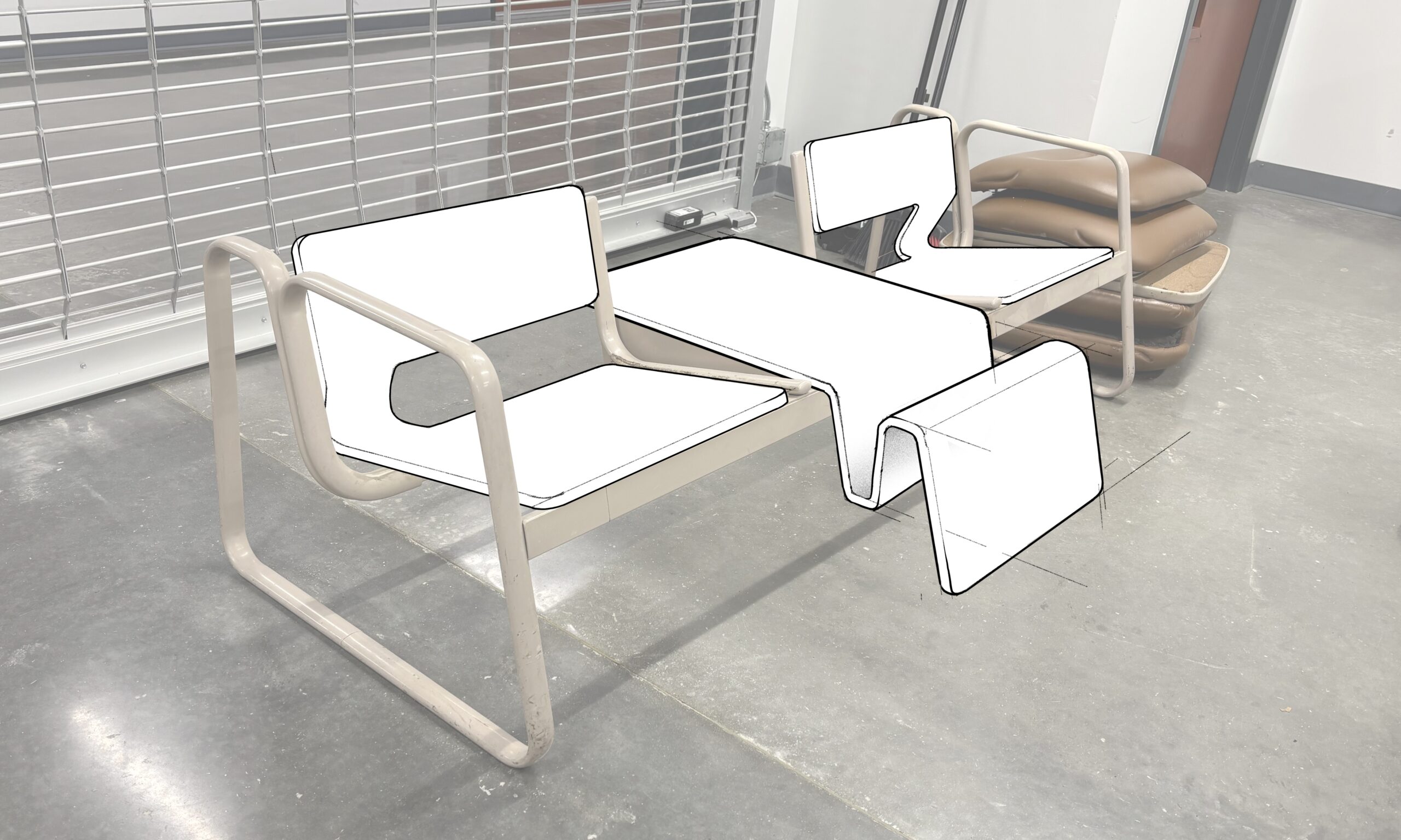
PROTOTYPING
We started with research on what sounds and textures best describe the different seasons, elements, and emotions, using the senses, touch, sight, hearing.
We experimented using rough textures for winter/anger/fire and fall/scared/earth, such as sandpaper, plaster, and wood. For summer/happy/air and spring/sad/water, we used smoother textures, such as different types of clothes.
Next we focused on sounds, creating sounds that are loud, and intense. We started by making recordings of us smashing, breaking, banging objects. Then we wanted to create peaceful sounds, by using water, birds, and other natural sounds. To blend all of these sounds together we chose to use classical music to give the sounds rhythm and more emotion.
Finally, we worked with colors for our visual projection. At first, we wanted to use pictures that would portray different emotions and seasons. We found it to be too literal, so instead we chose to do a minimal representation of each season using different shapes and colors to convey a certain emotion.
For our prototype we created a box with ripped clothing pieces, cardboard, and markers to make it seem sad, neglected, and dirty.
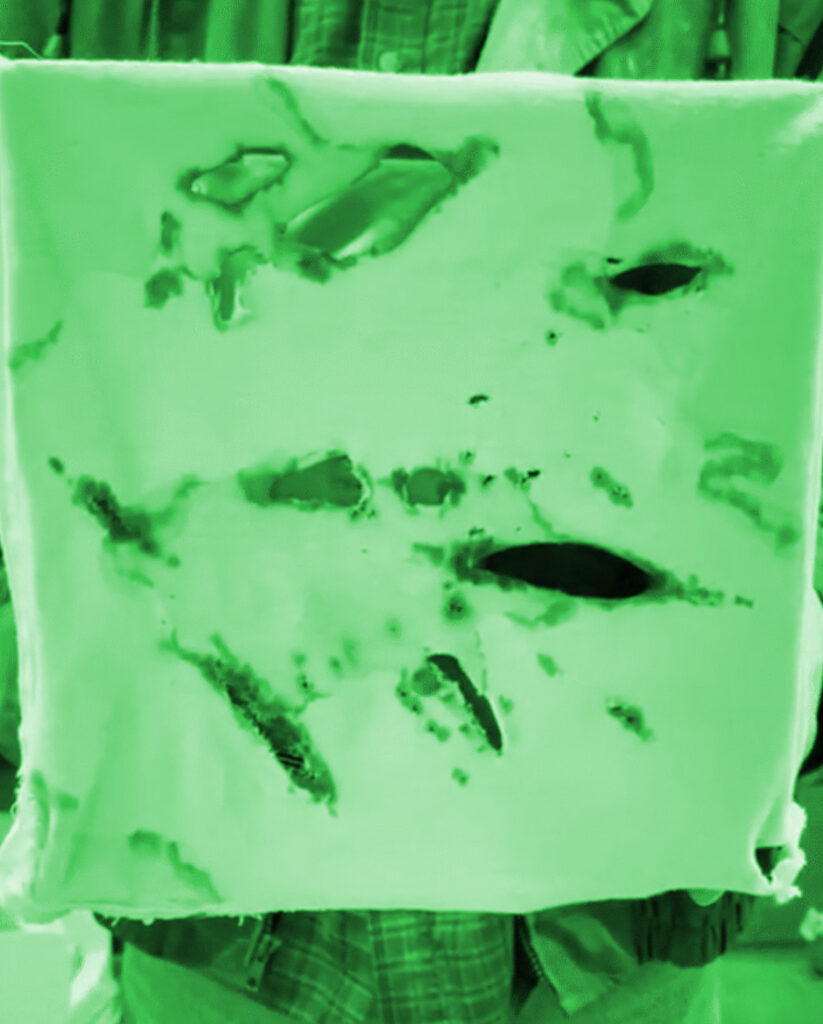
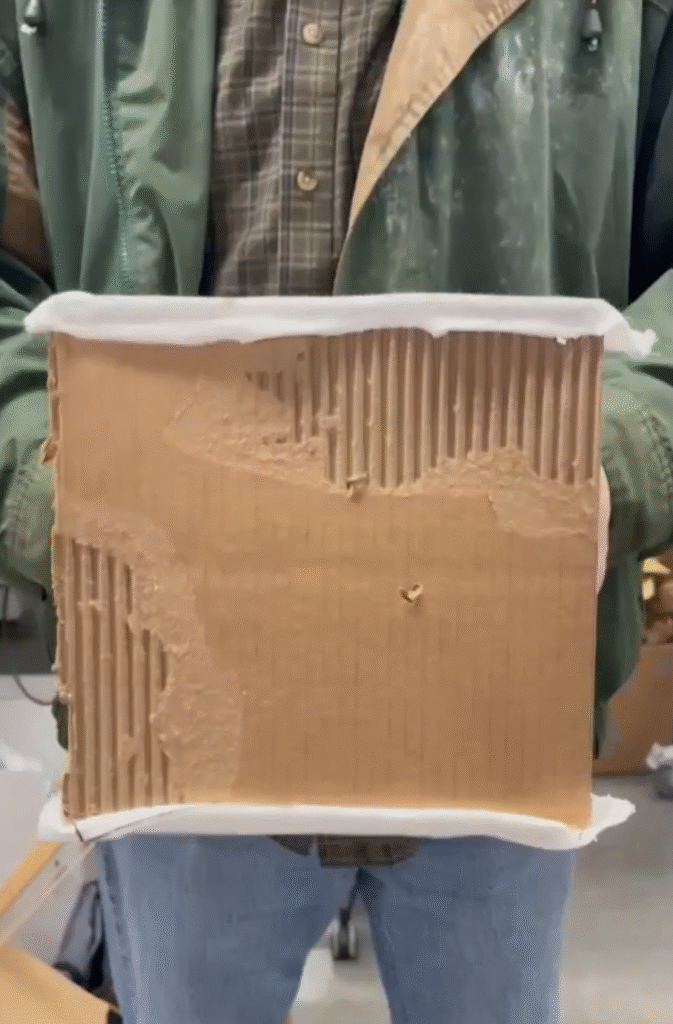
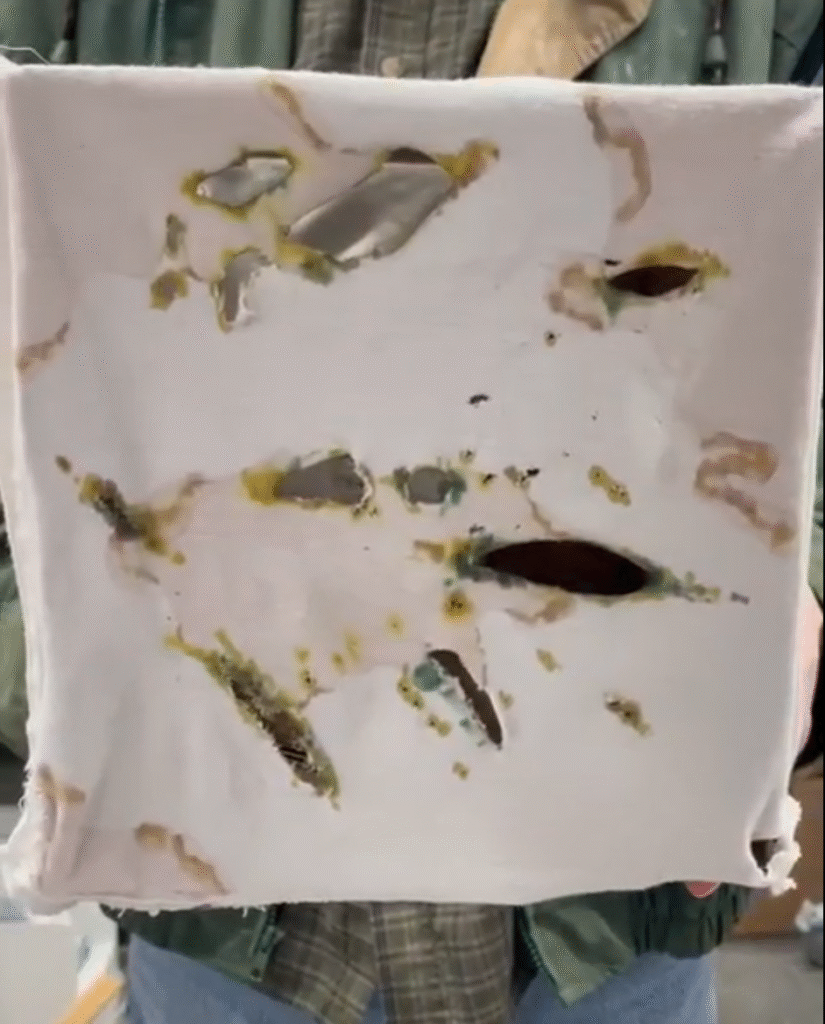
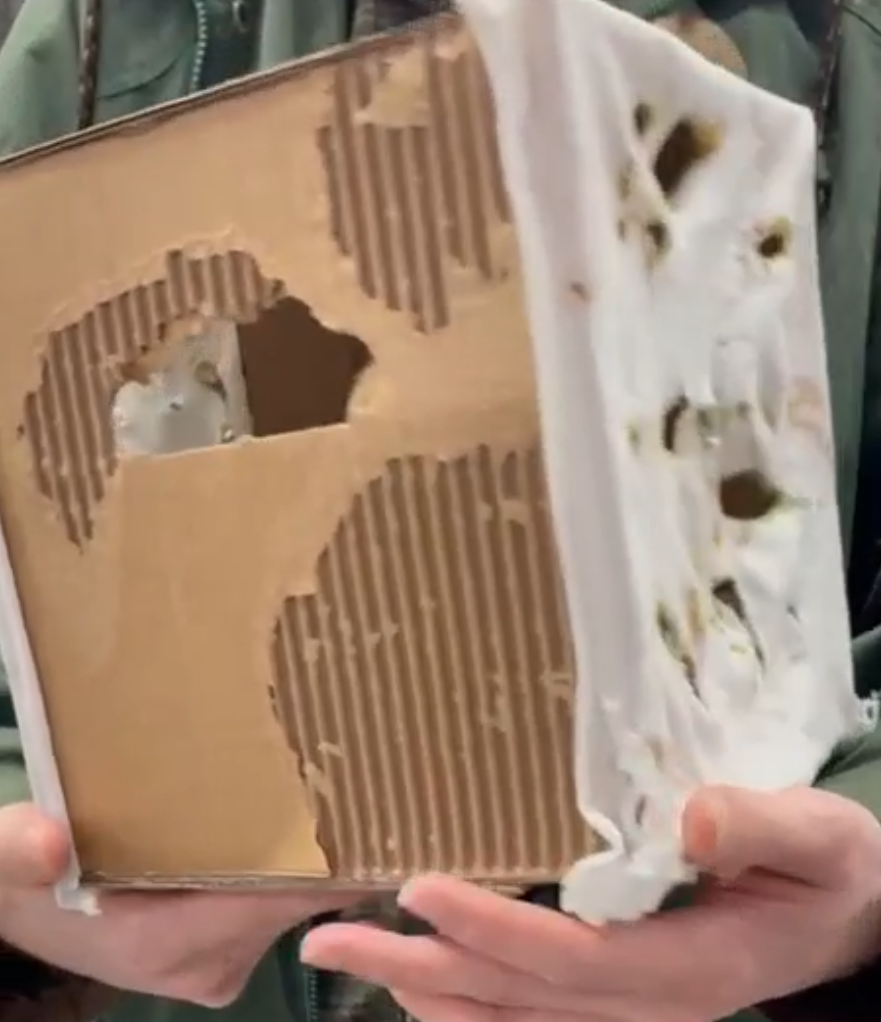
BUILDOUT & CONTRUCTION
For the construction of this project we decided to use 2′ by 4′ pieces of wood and cut them to the appropriate size we needed. Due to the project having to be dismantled, we used door hinges so it could be versatile. This image here shows what the frame looks like when taken apart.
The following images show how we put the frame together and what we used to make it sturdy.
We hung the grocery bag tarp/projection screen with thread and wrapping it around the wood pieces.

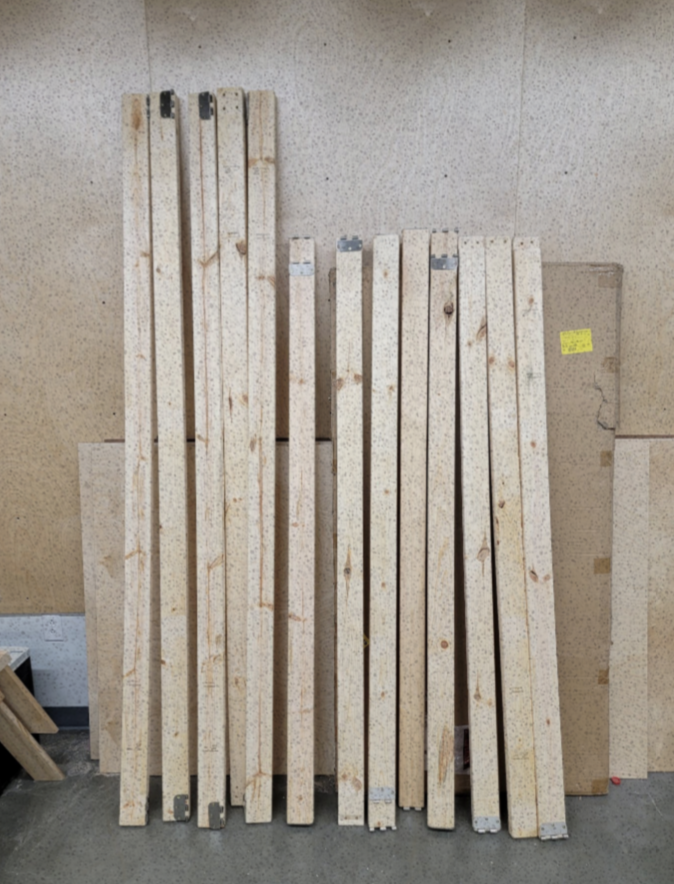
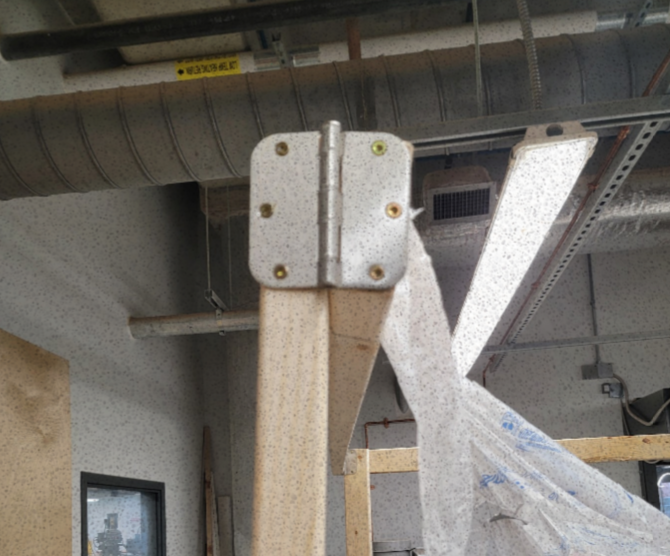
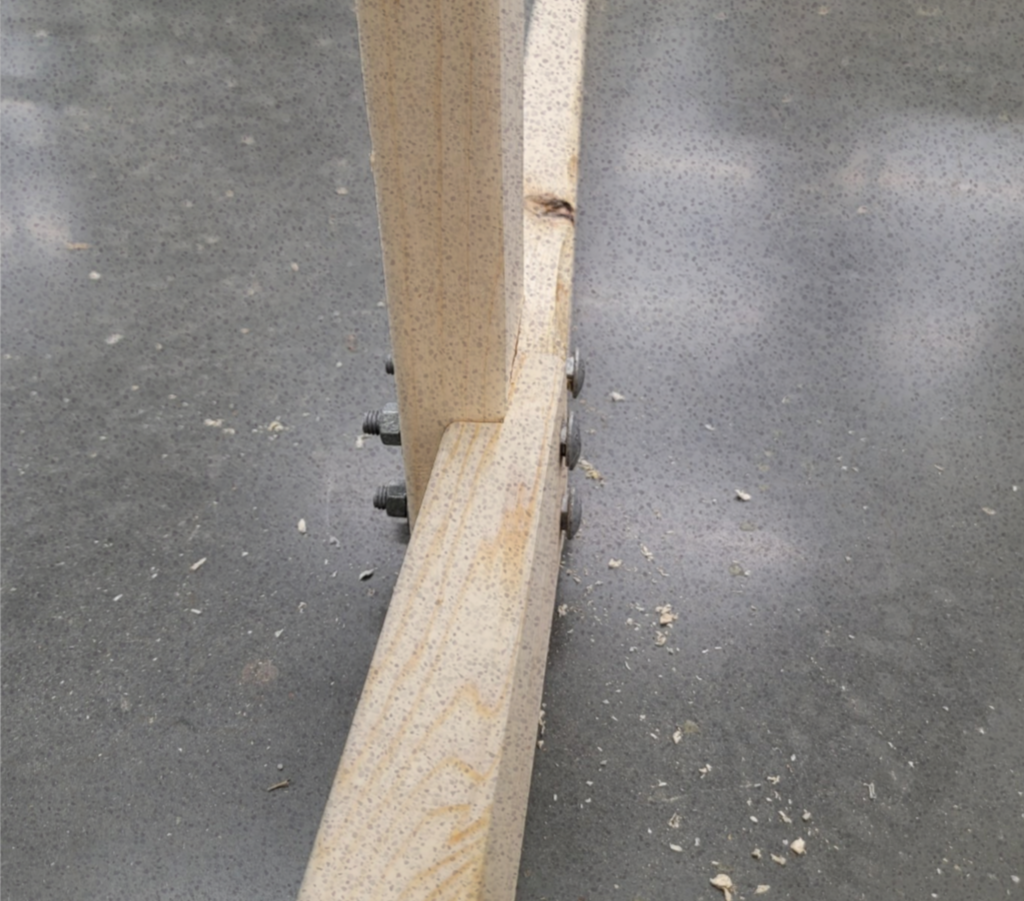
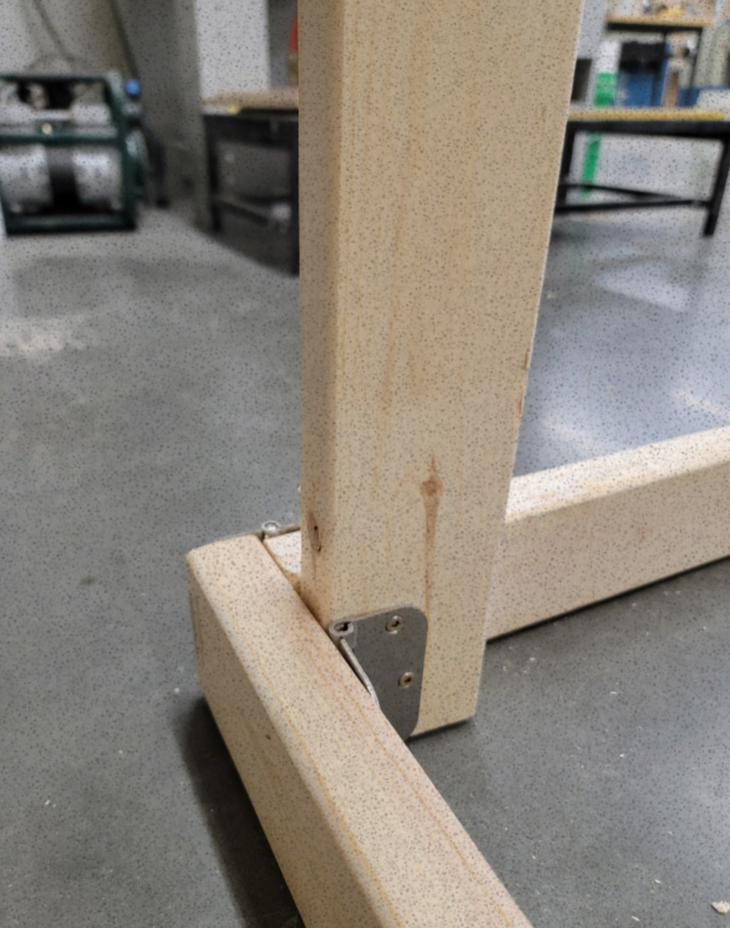
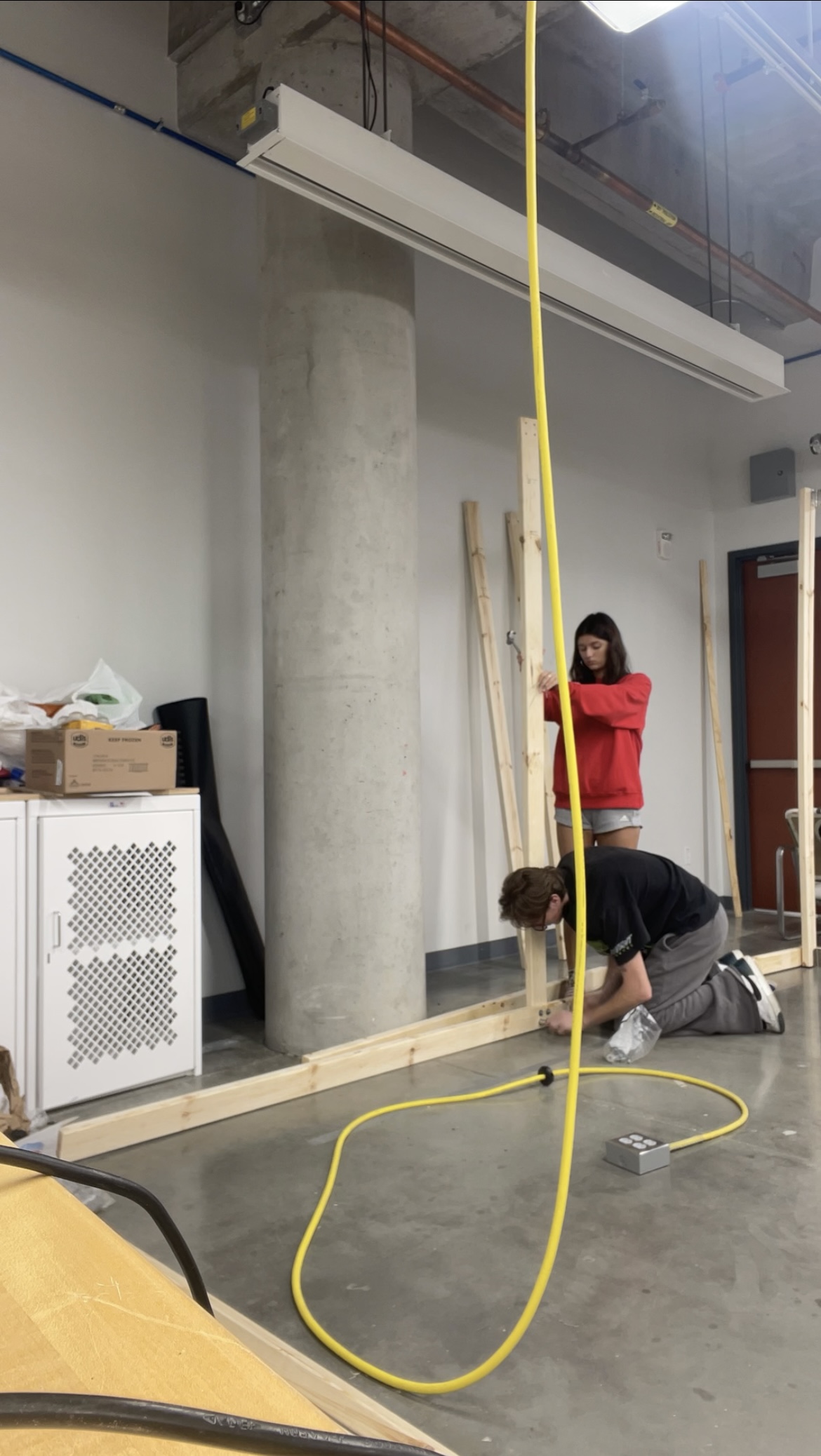
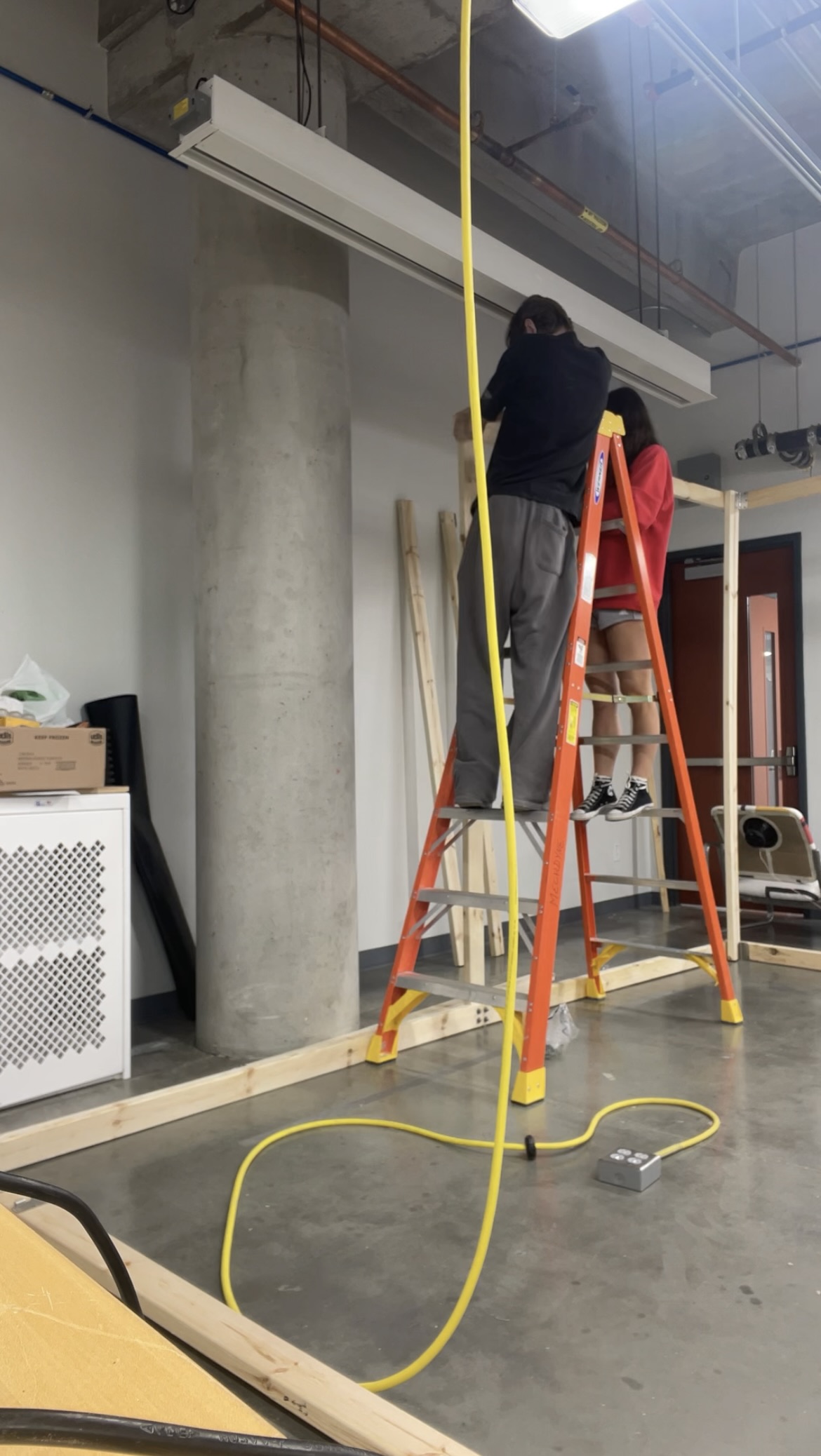
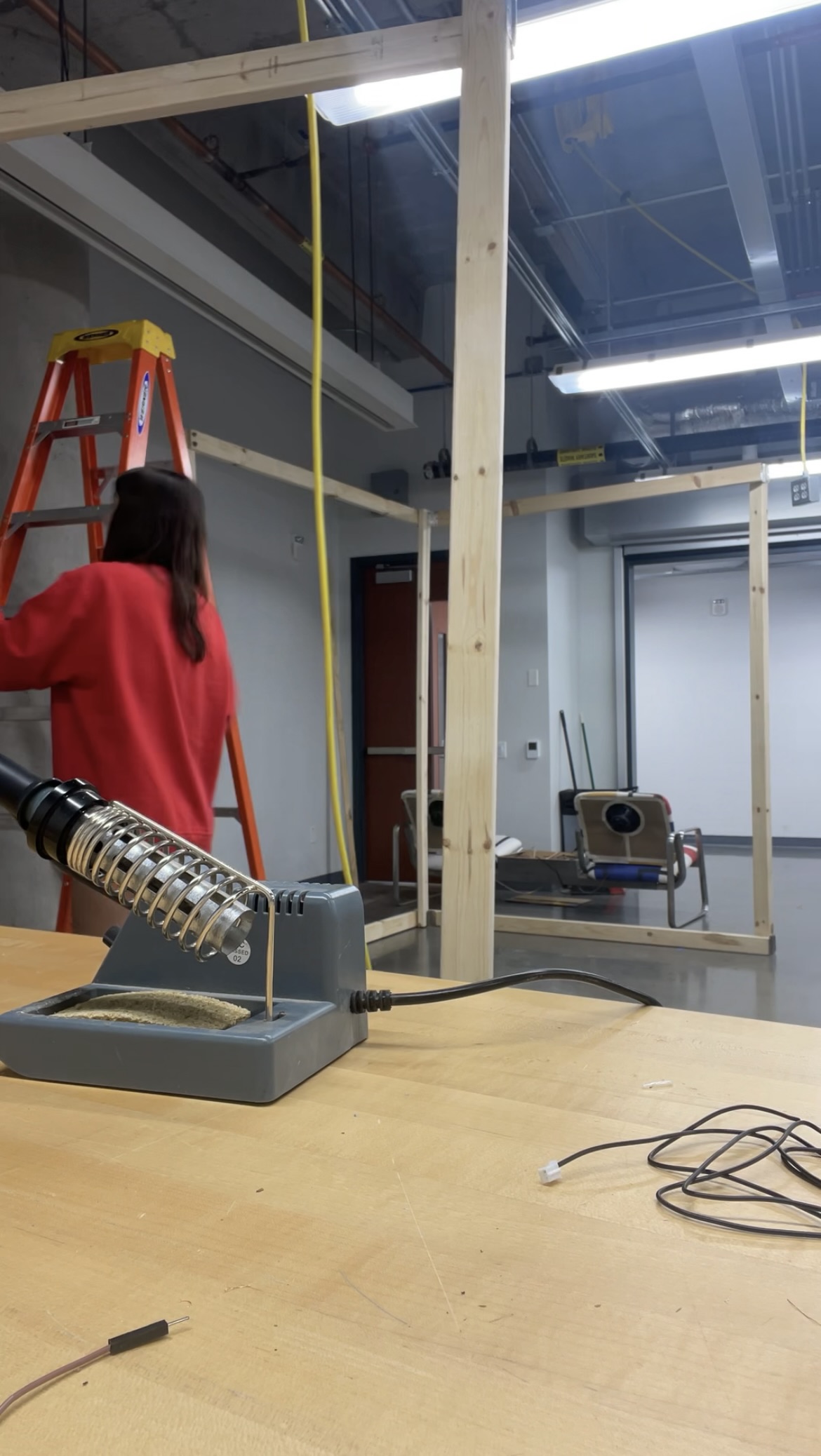
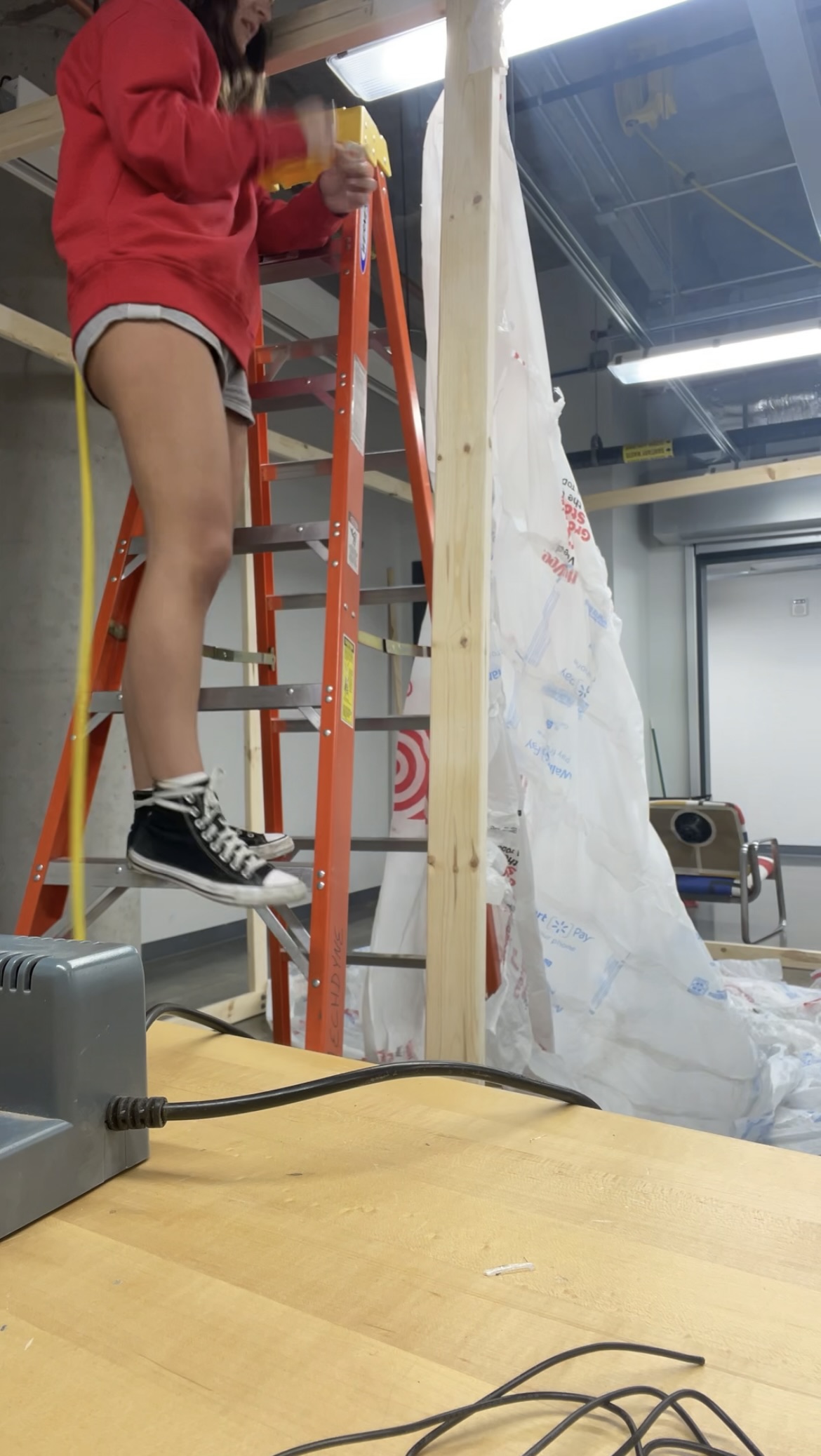
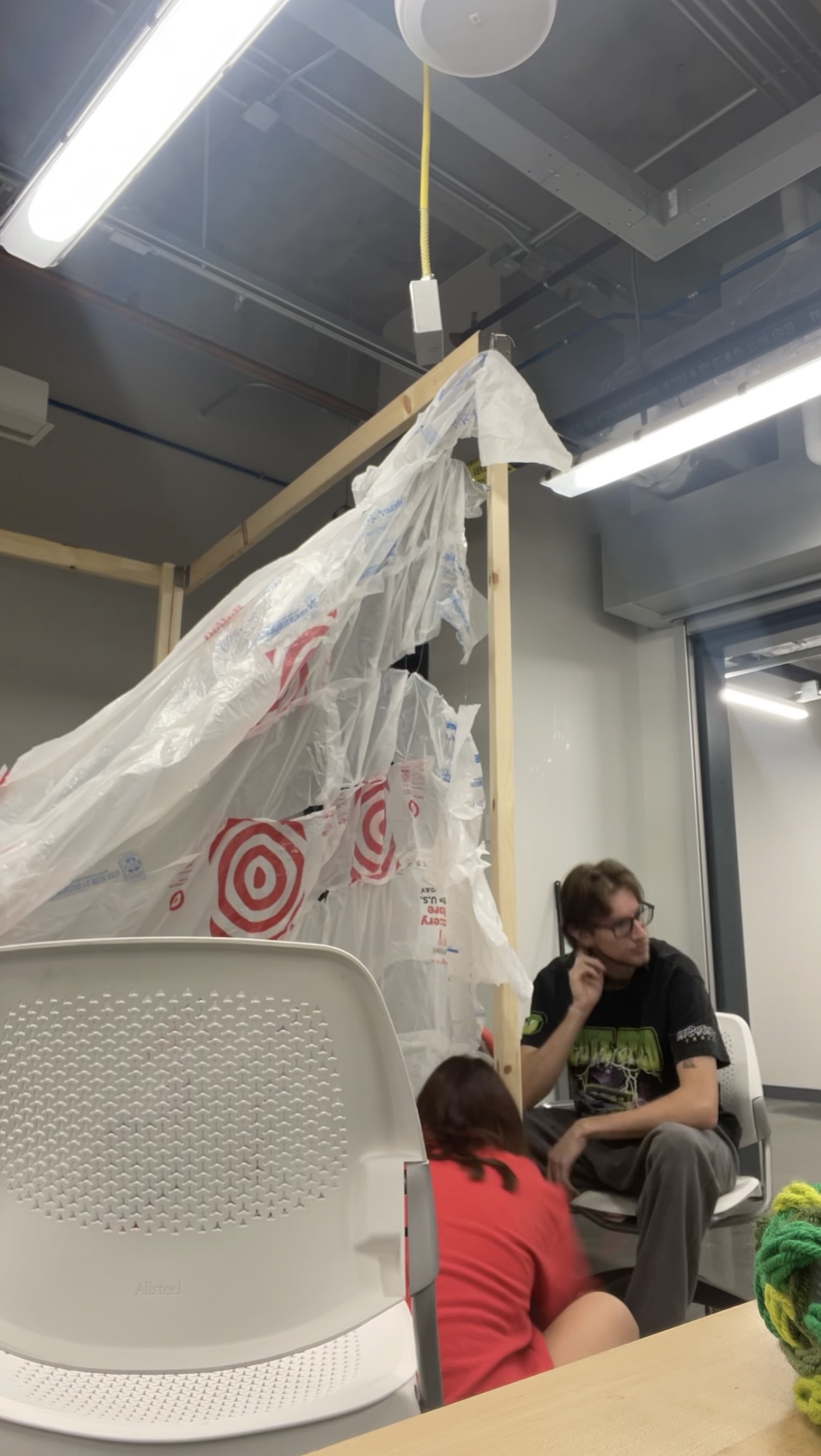
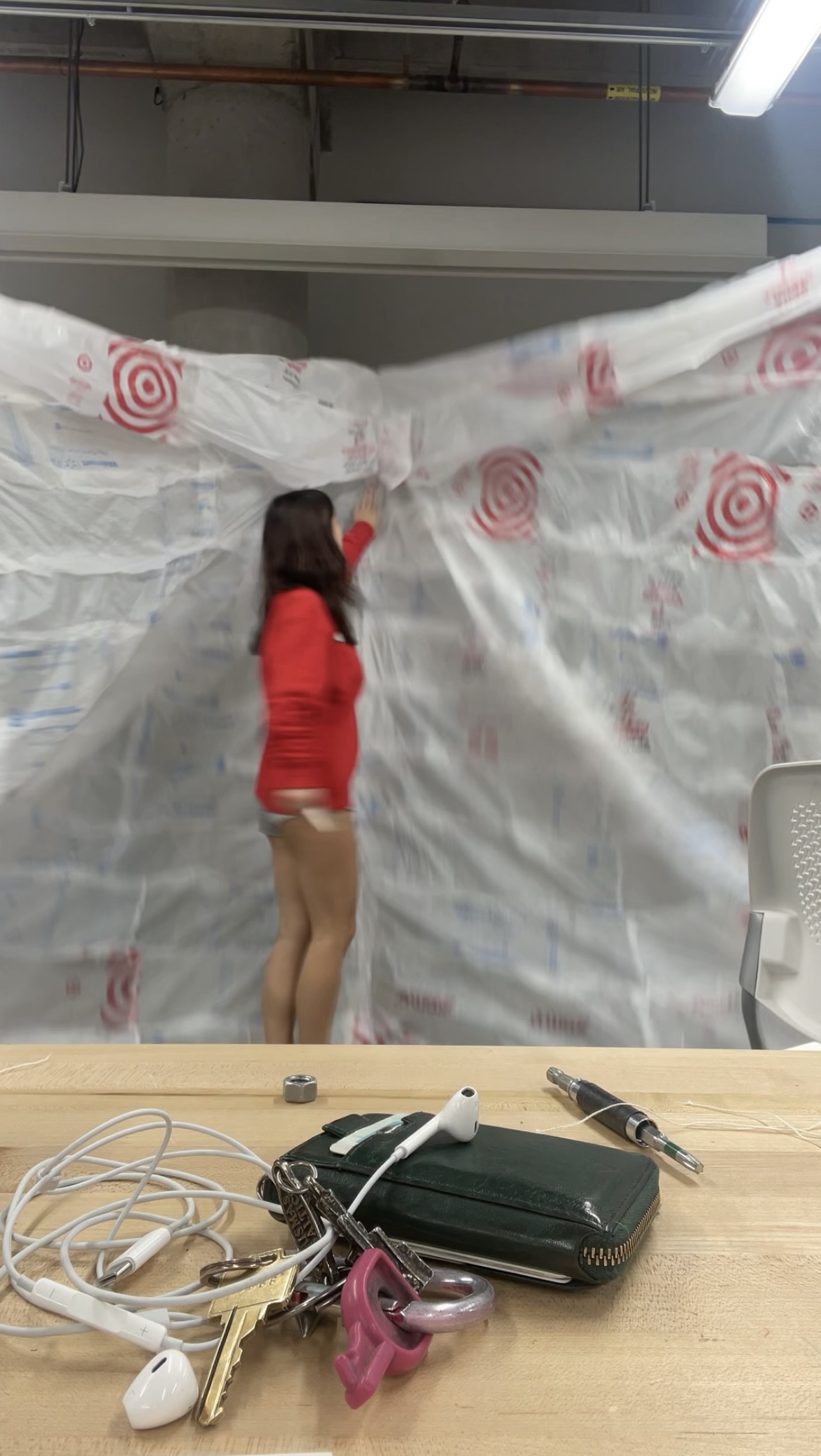
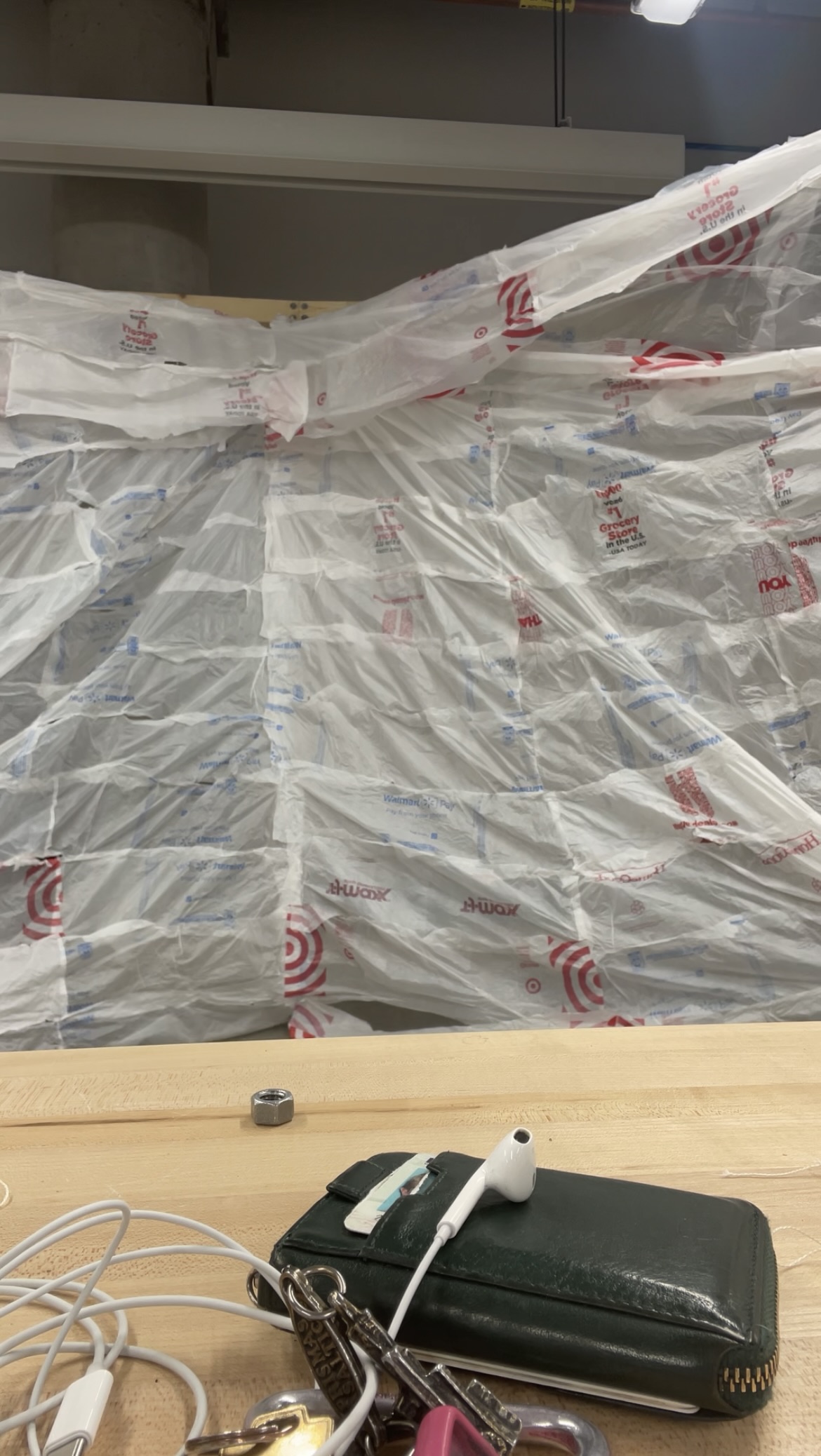
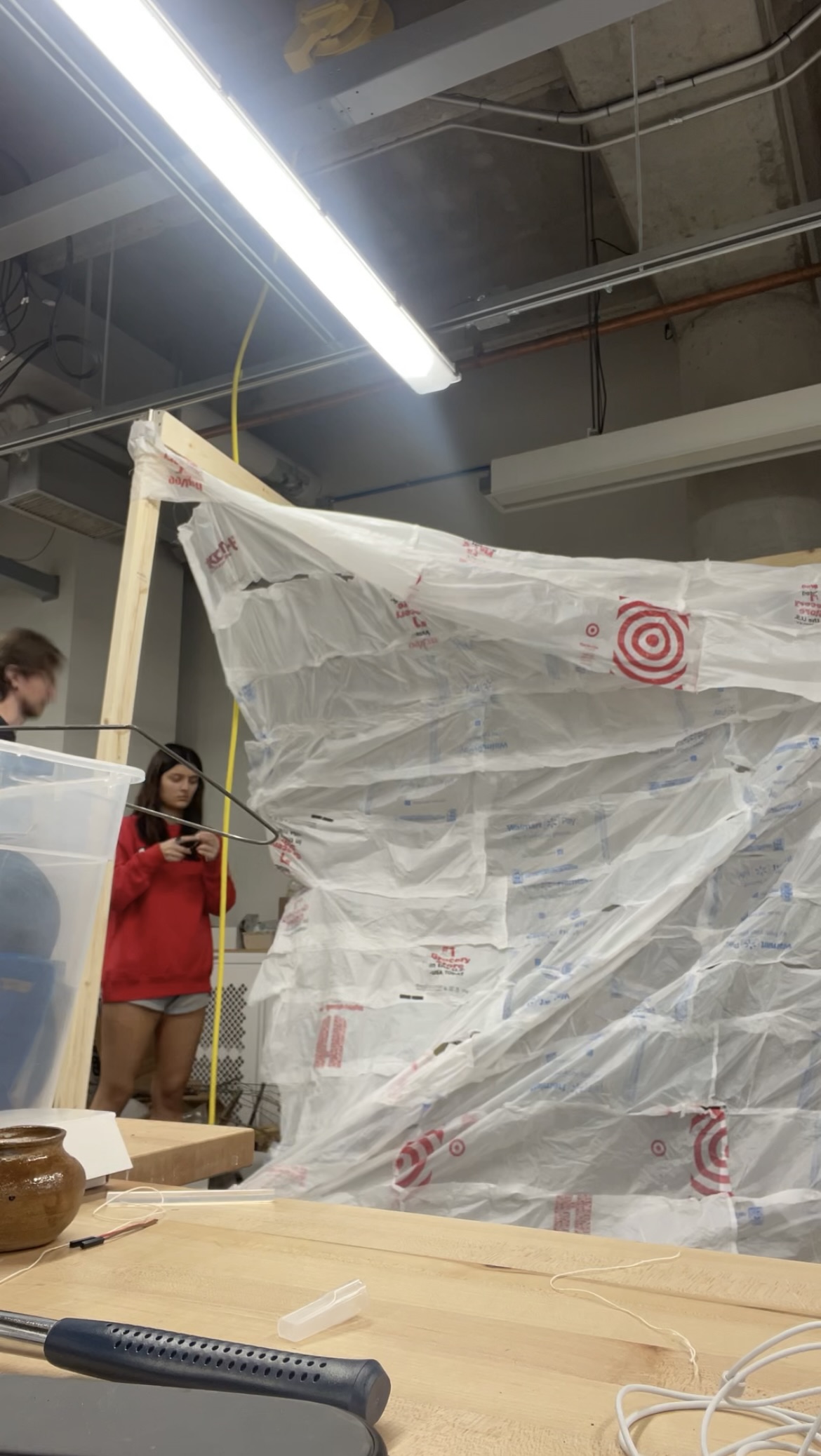
EXHIBITION & CONCLUSION
For the final exhibition, we could see how much we accomplished during this class and how far we had come with our collaboration. Our project was about 90% recycled and we created something that gave value to the waste.
We used over 90 grocery bags to create the recycled tarp/projection screen and fishing line to sew each one together. To seal them, we went over the bags with an iron to melt them together. It turned out to be a great projection screen that is 100% recycled material. The table for the bench used over 90 chipboard boxes and turned out so amazing as well. All of the hard work wach of us put into this project really paid off when seeing the users interact with it.
We brought the outdoors and the feeling of life into our project and we couldn’t be more proud as to how it turned out. Everyone who tried it out really enjoyed it and the summer/happy/air one was a hit. Some of the users even said they wished they could just sit in the summer one all day and relax which is what we wanted that to portray.
